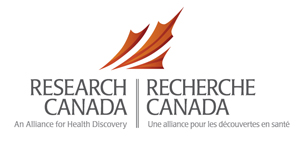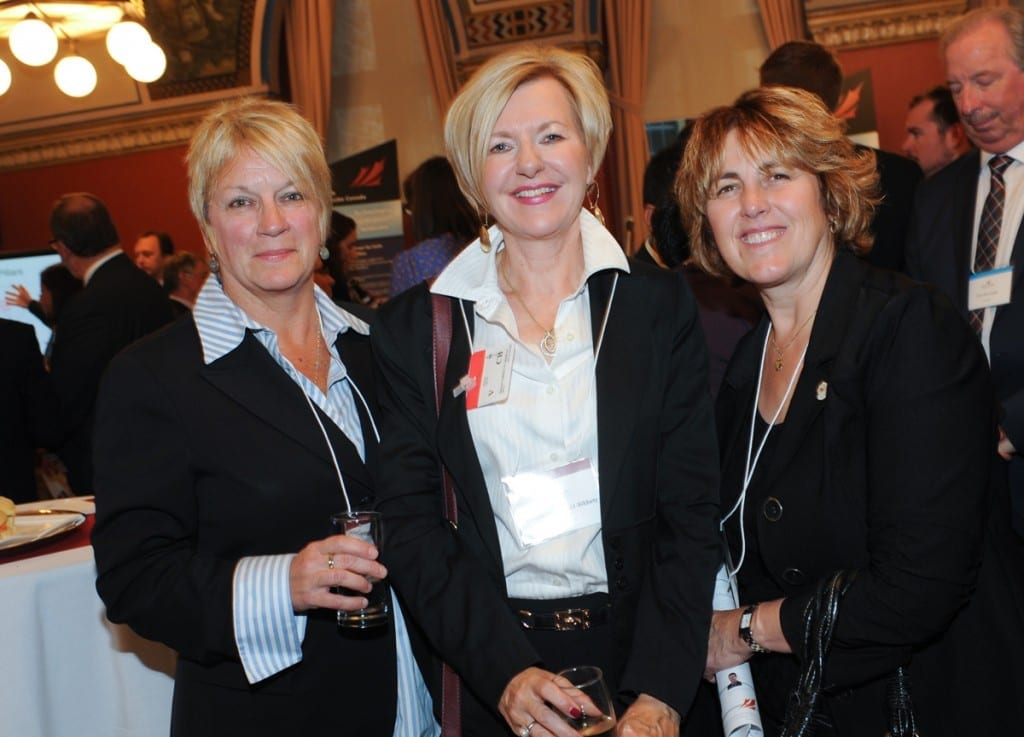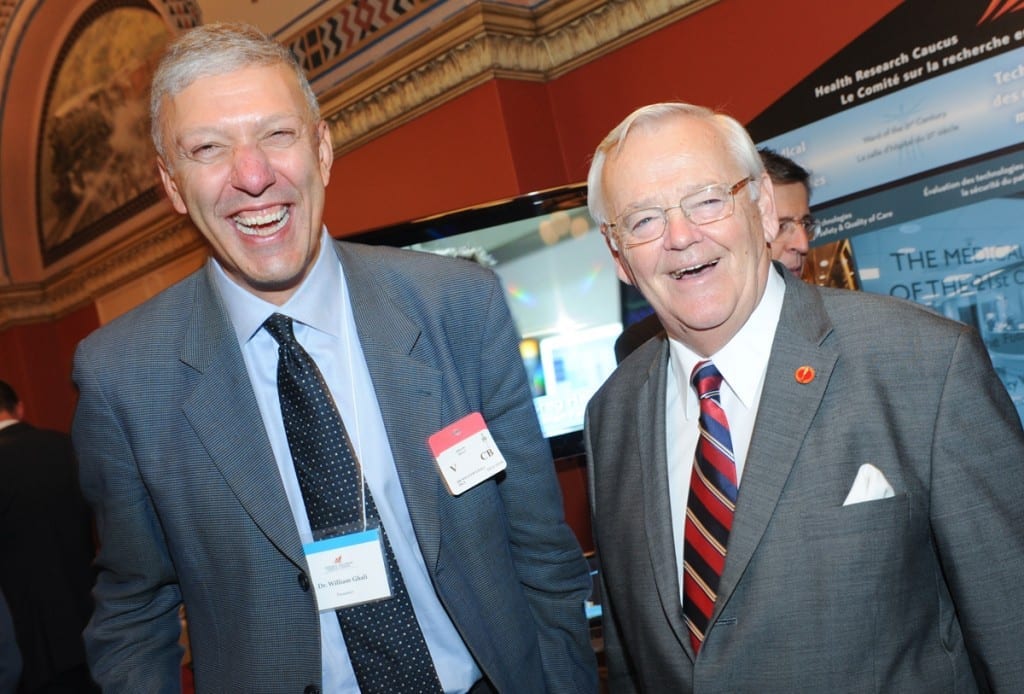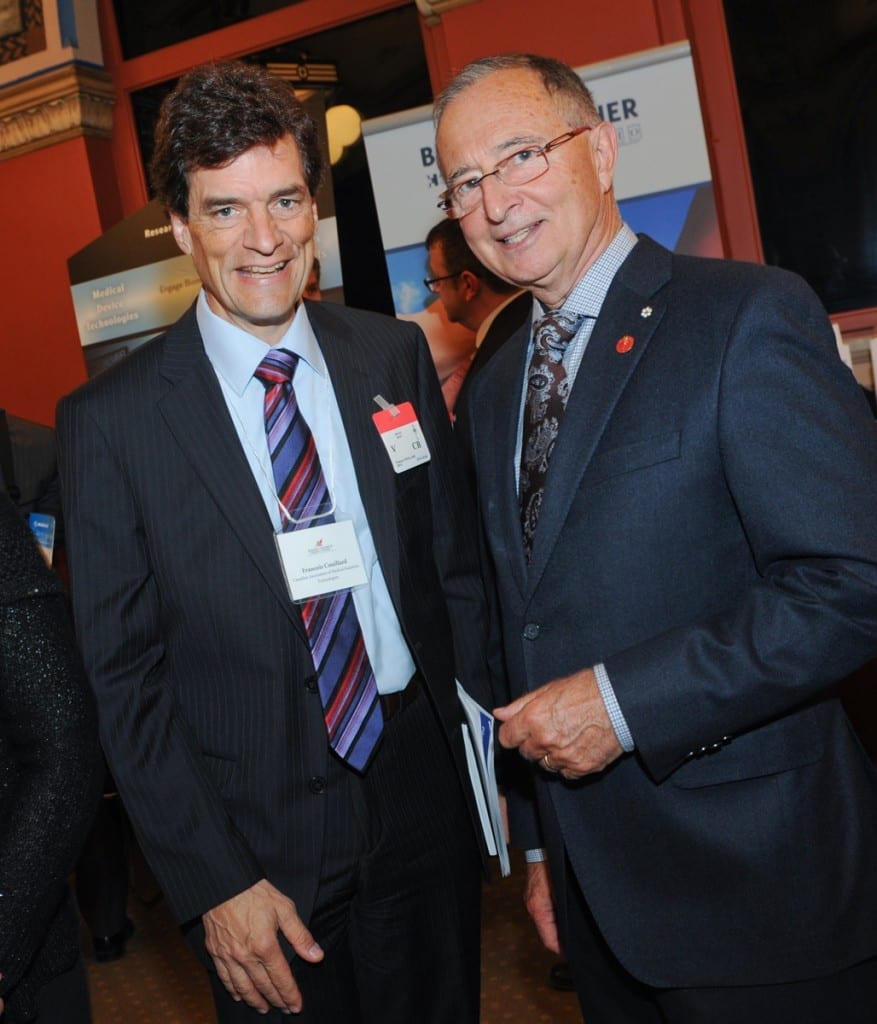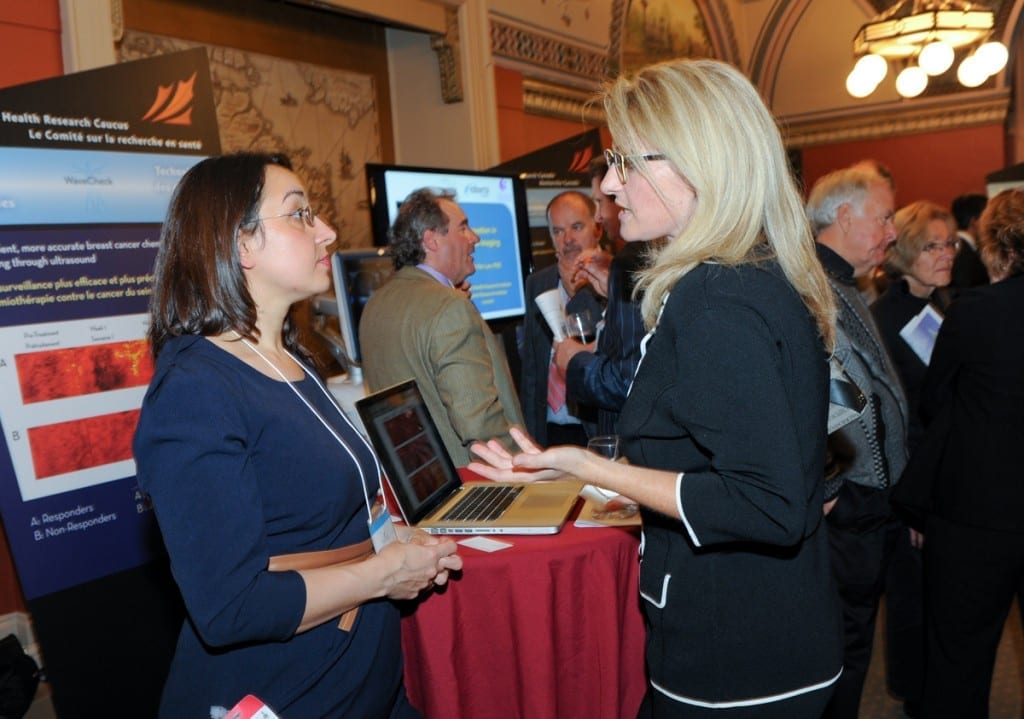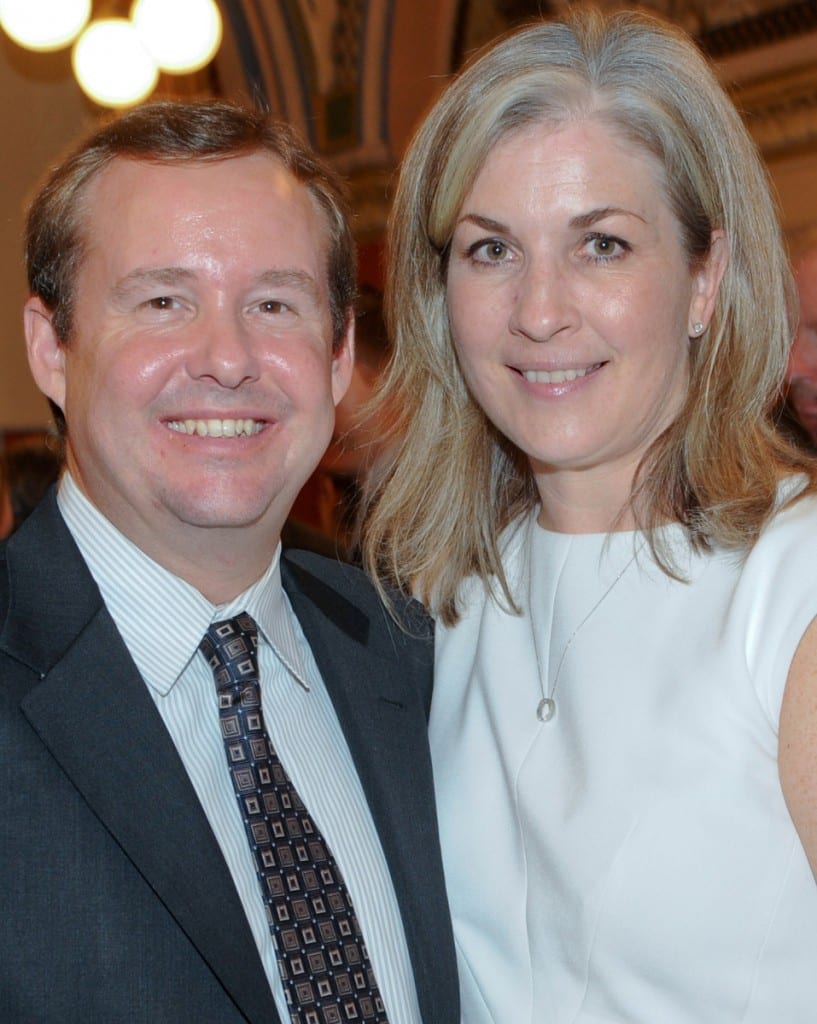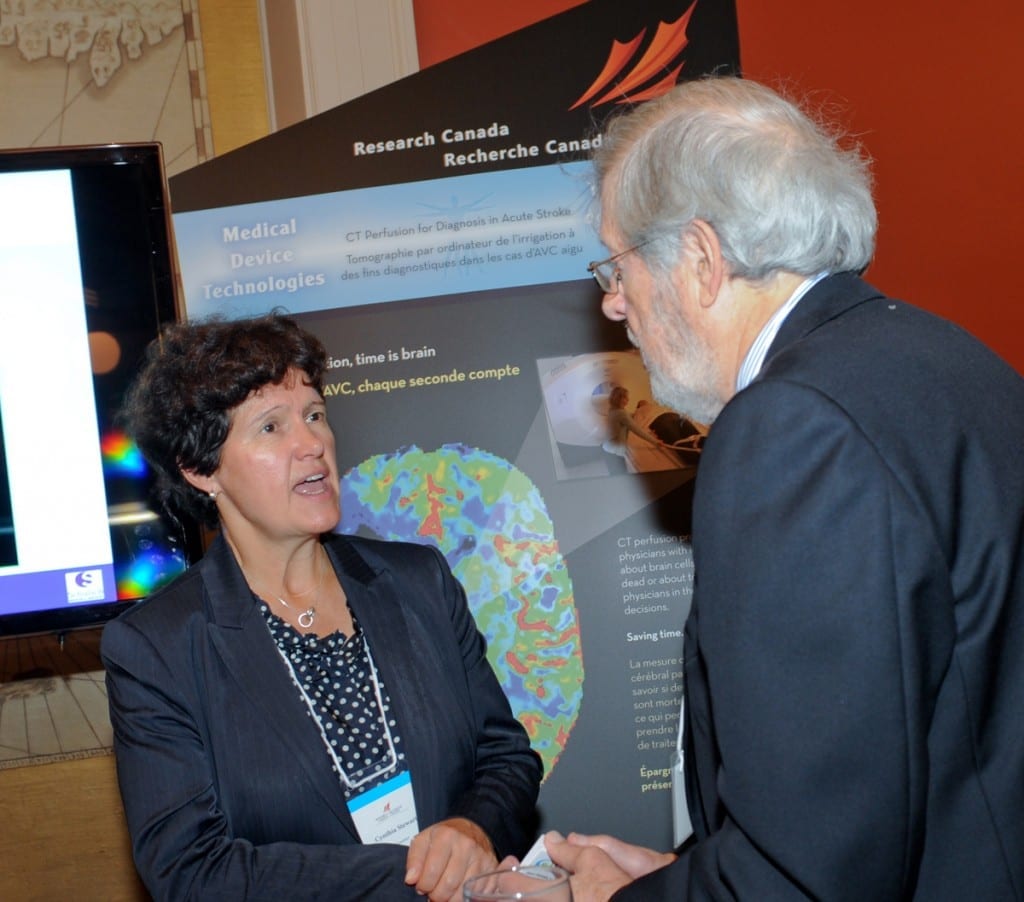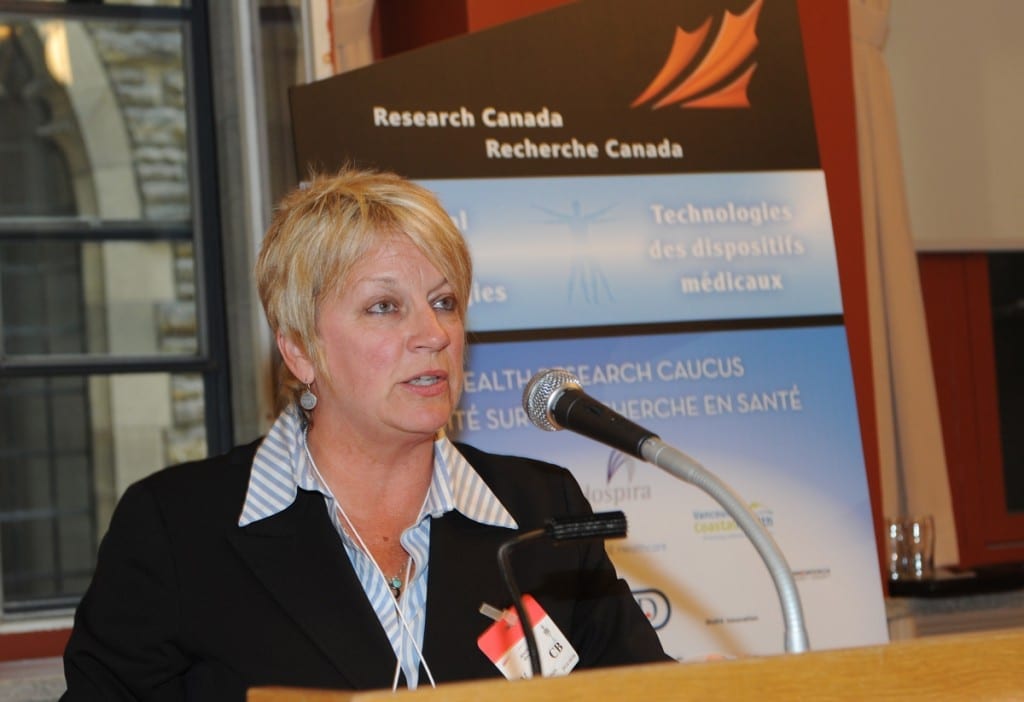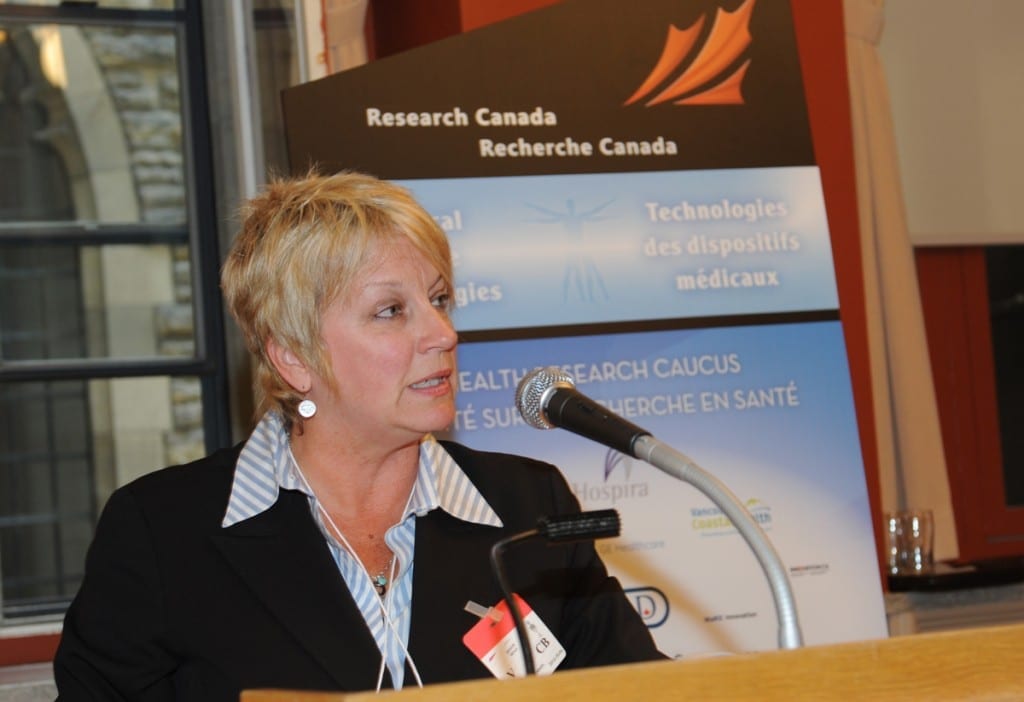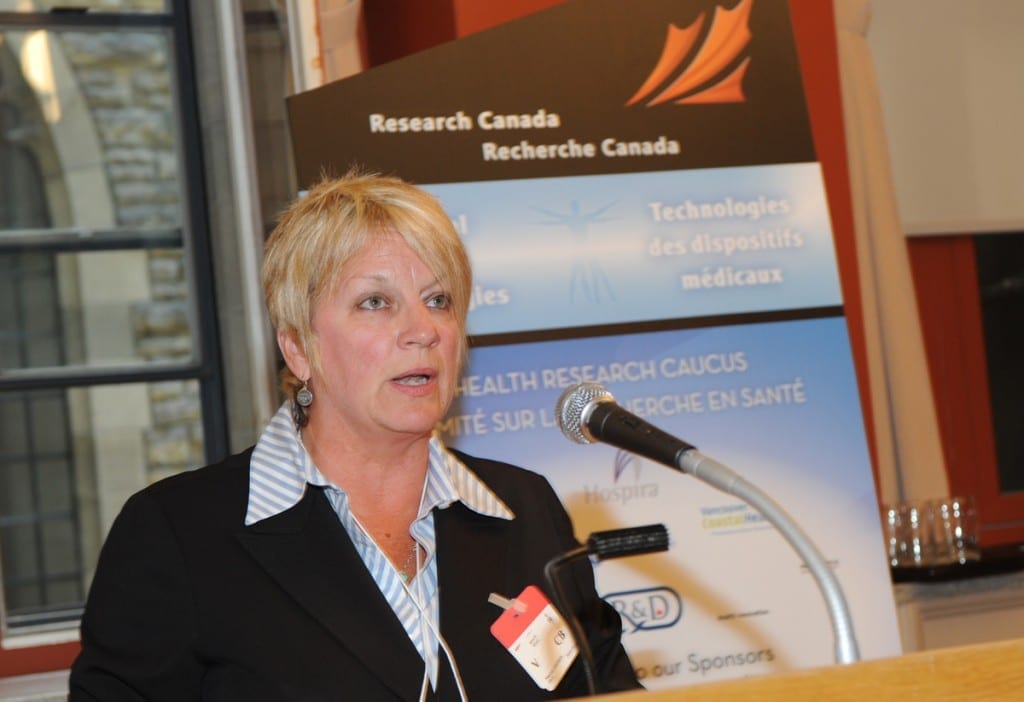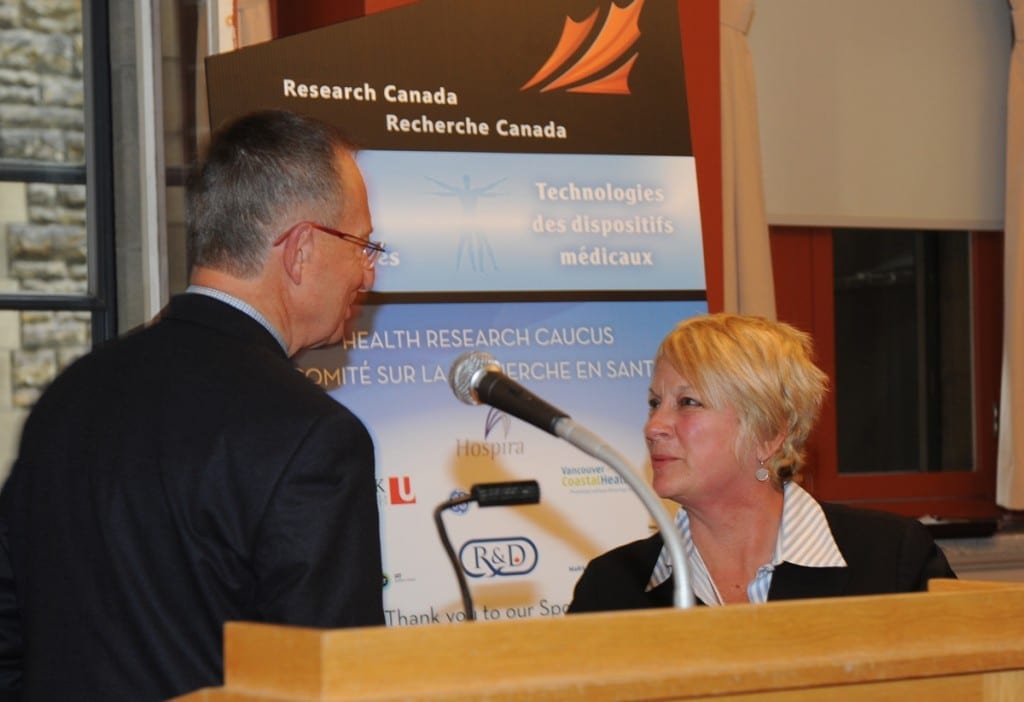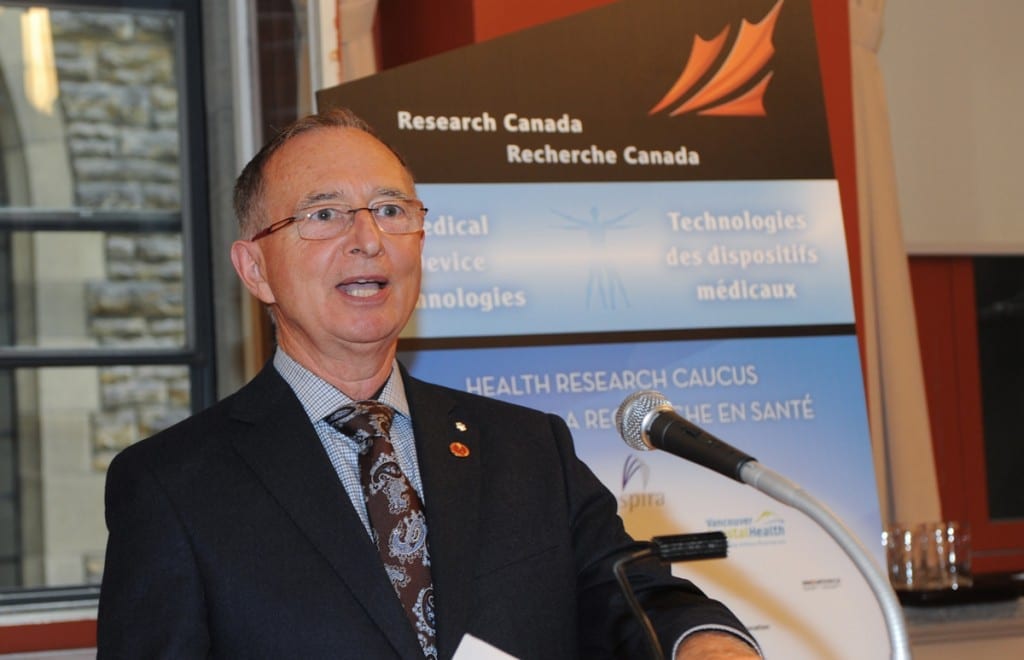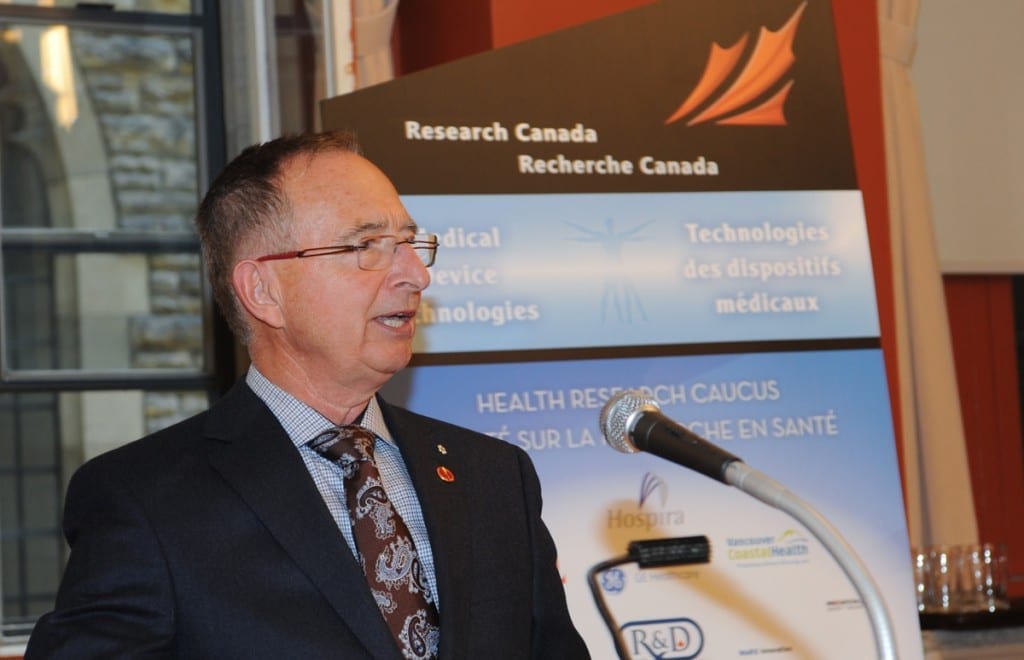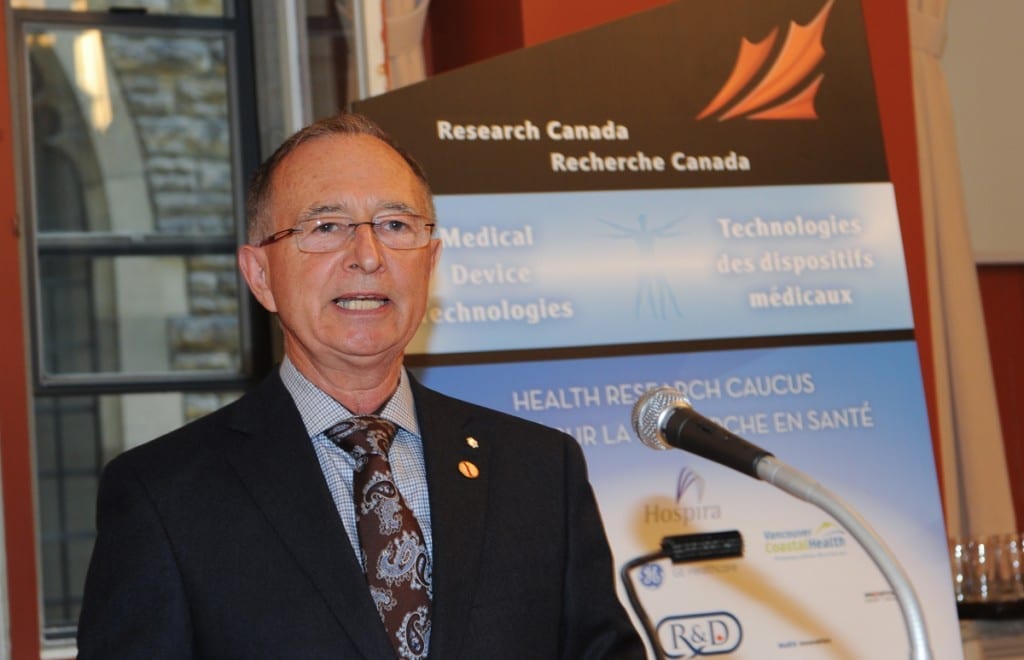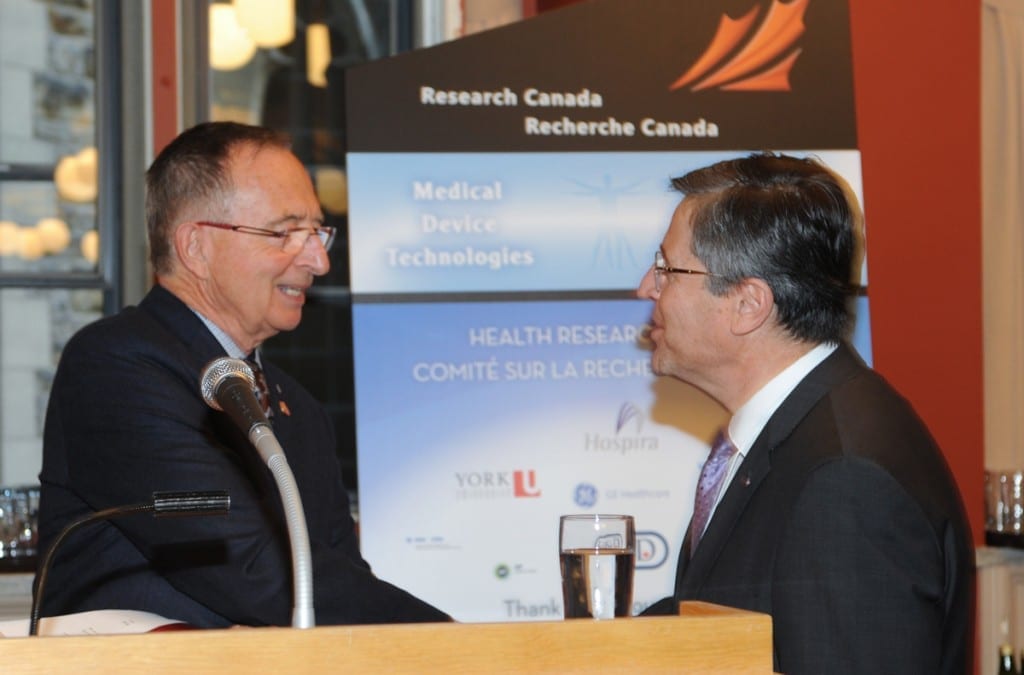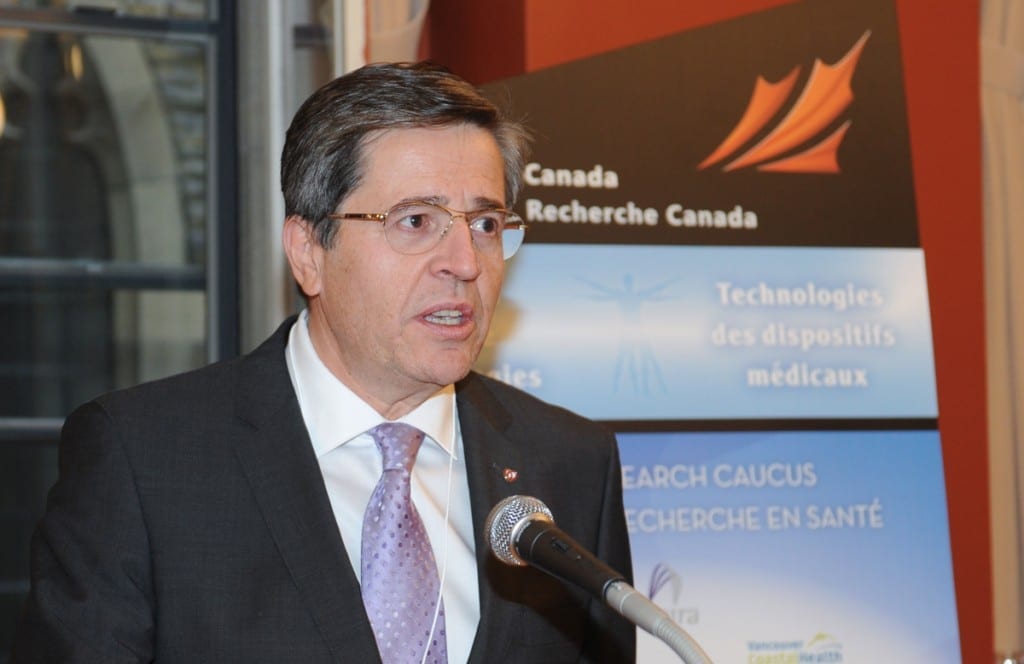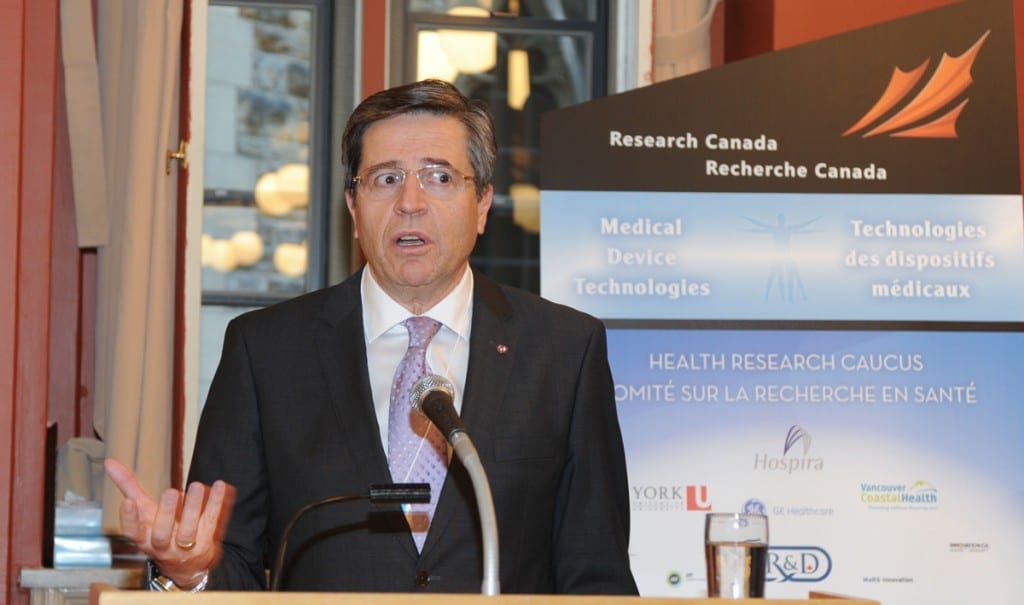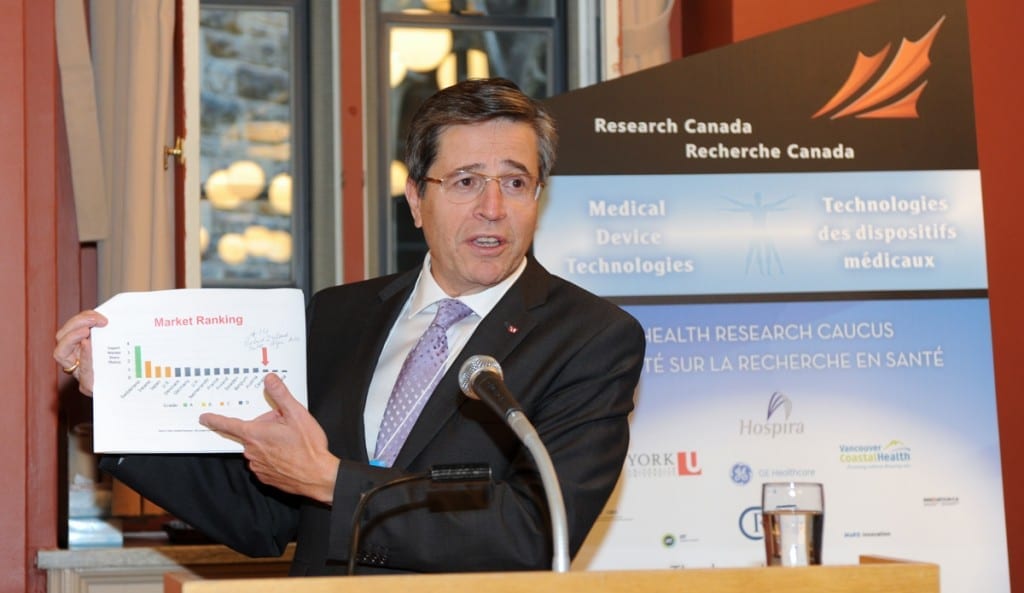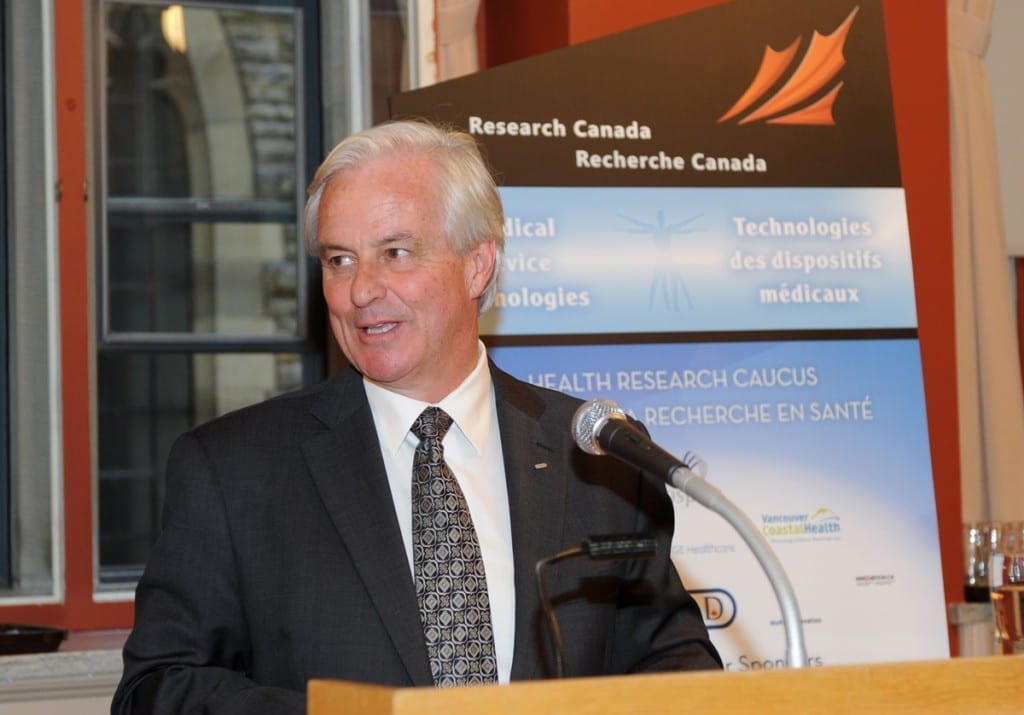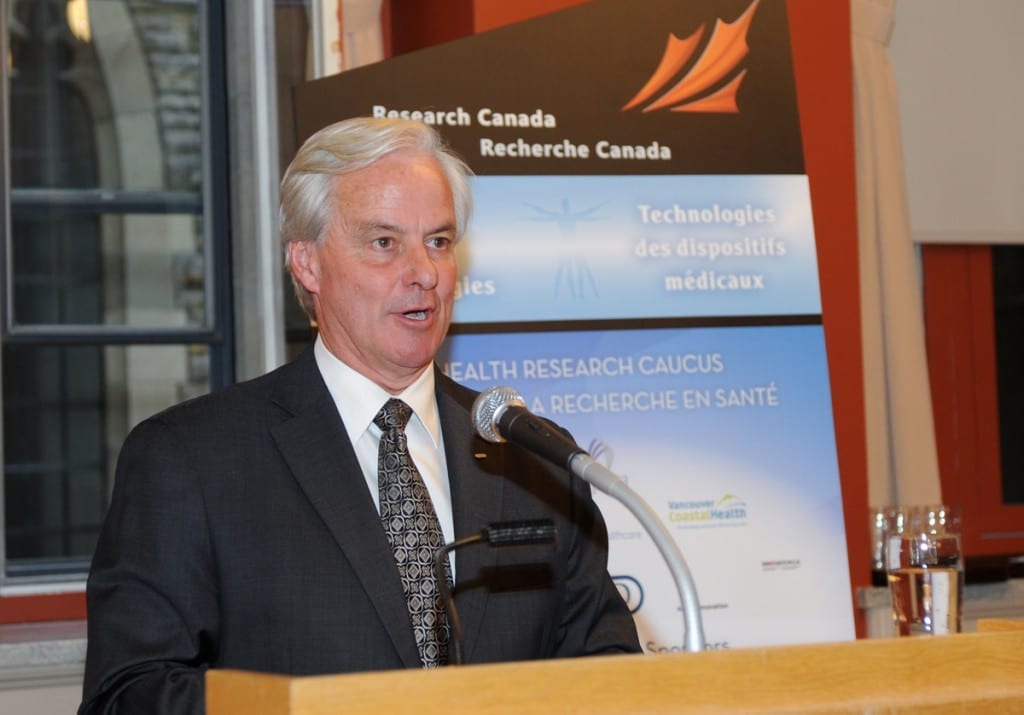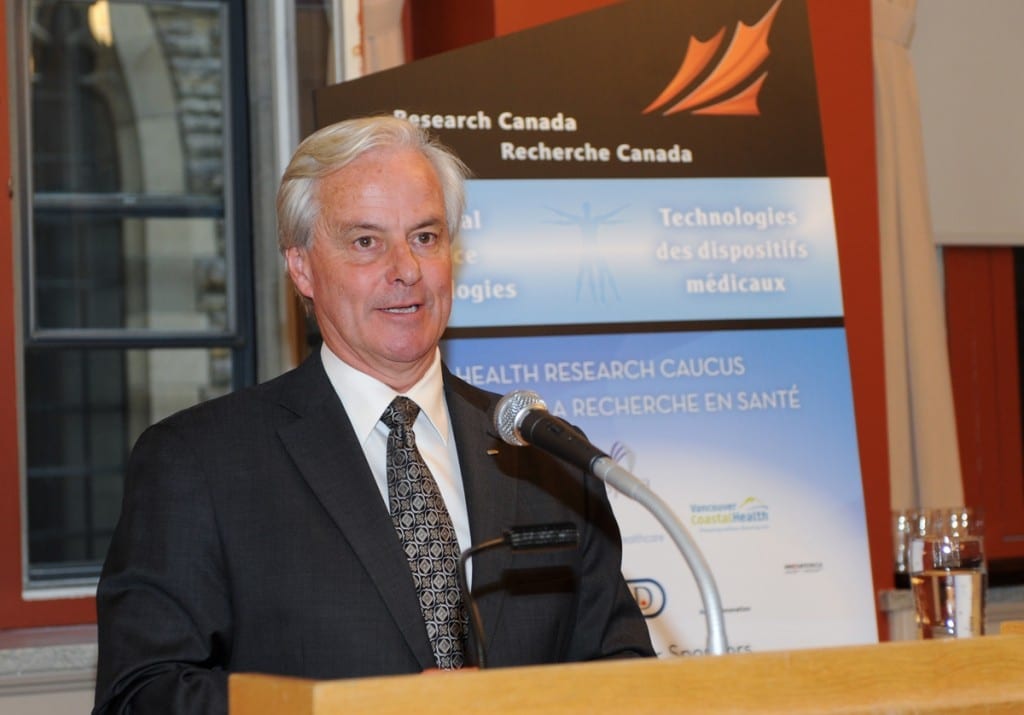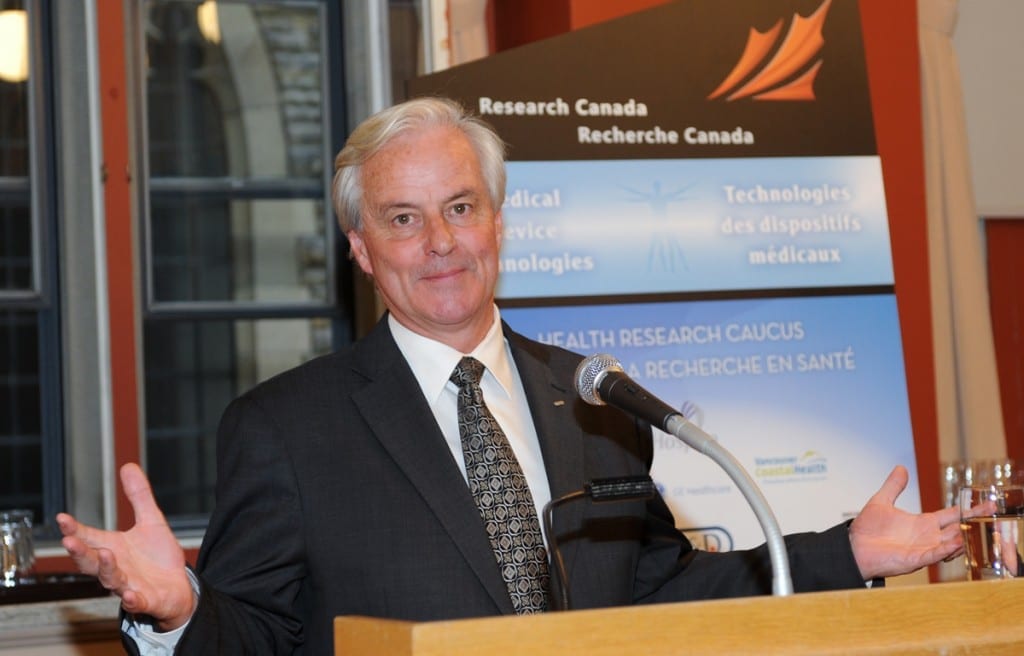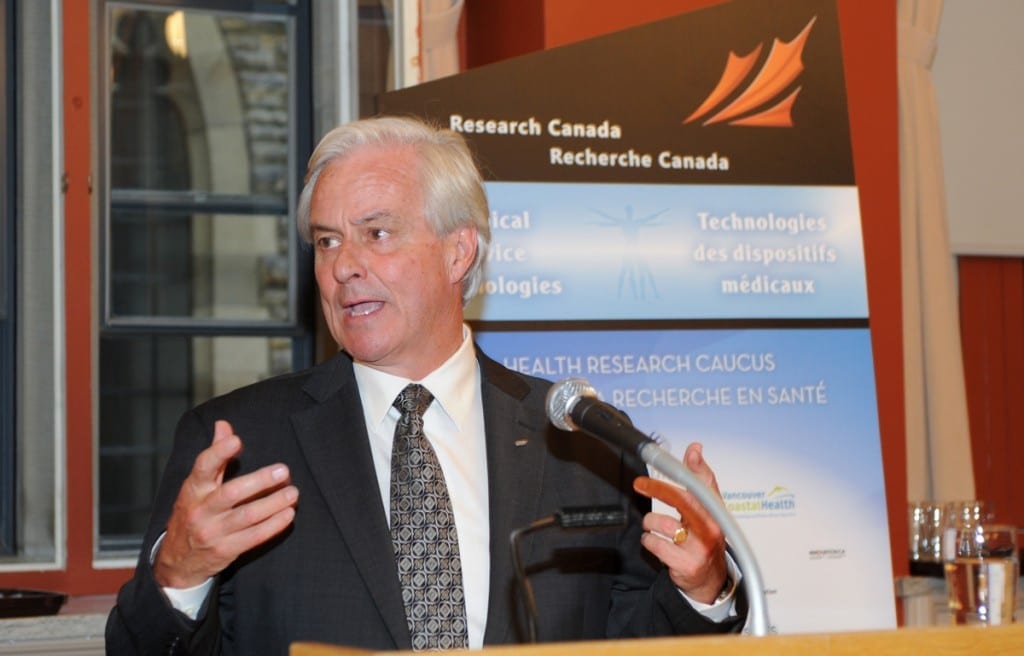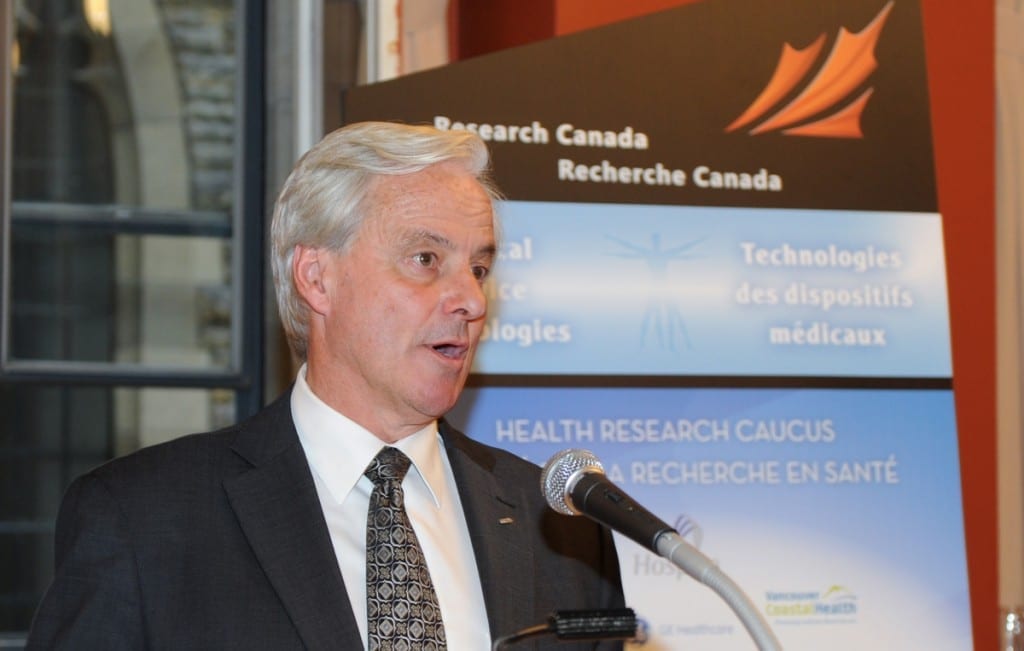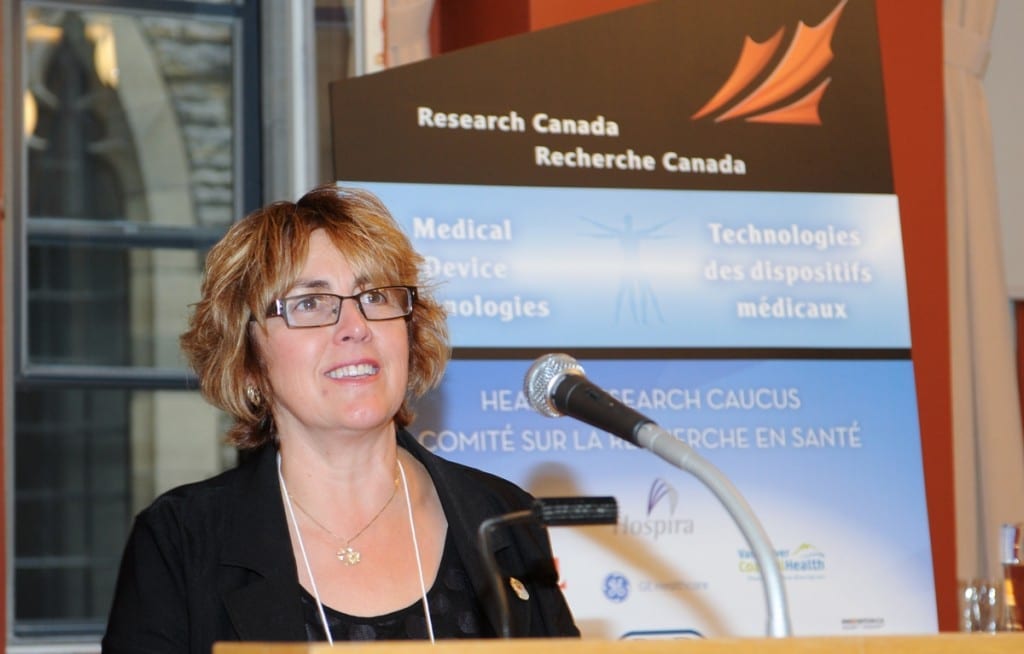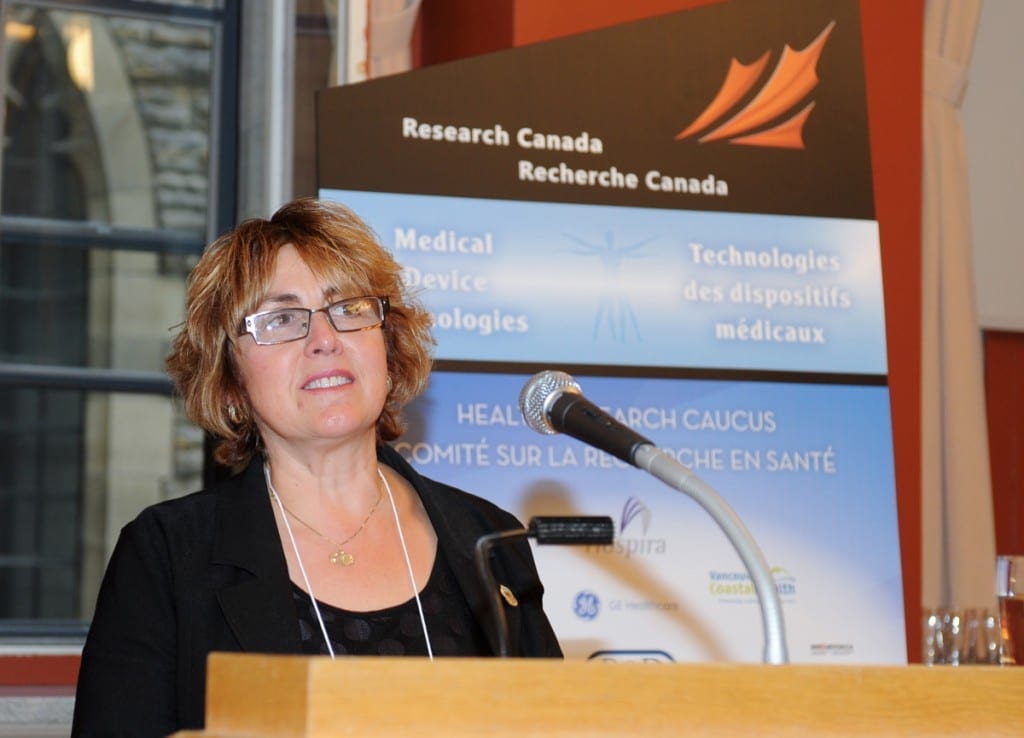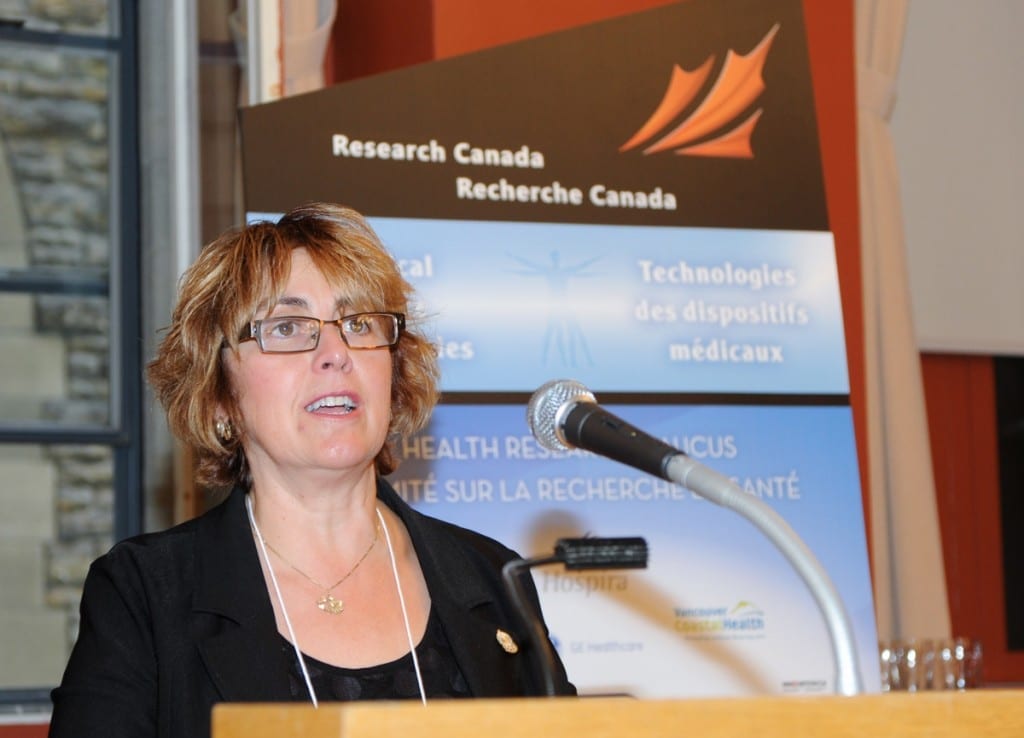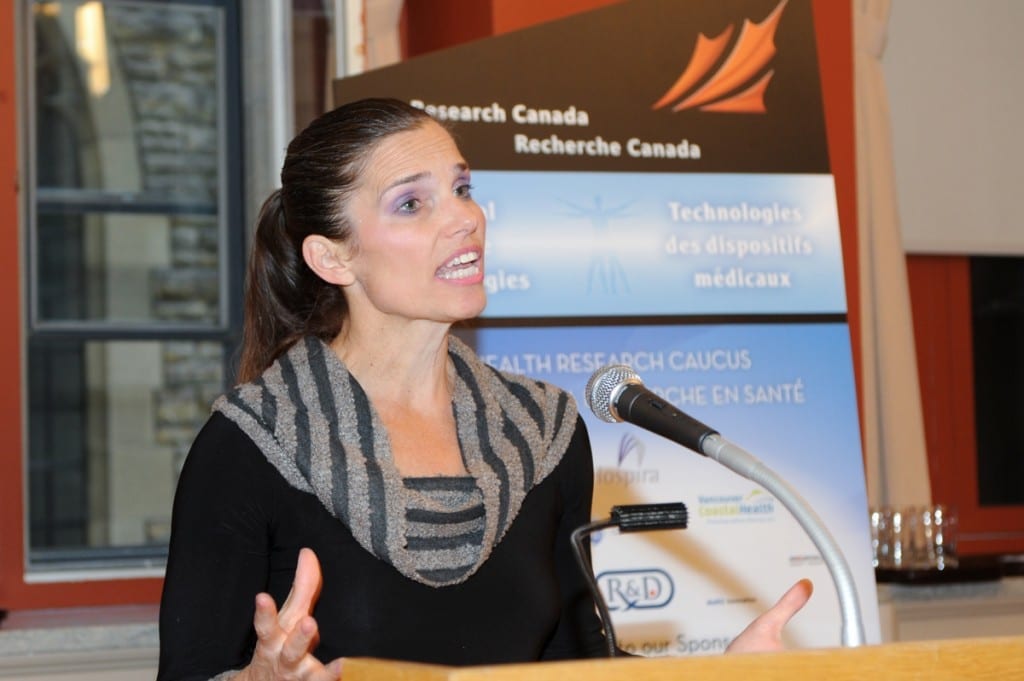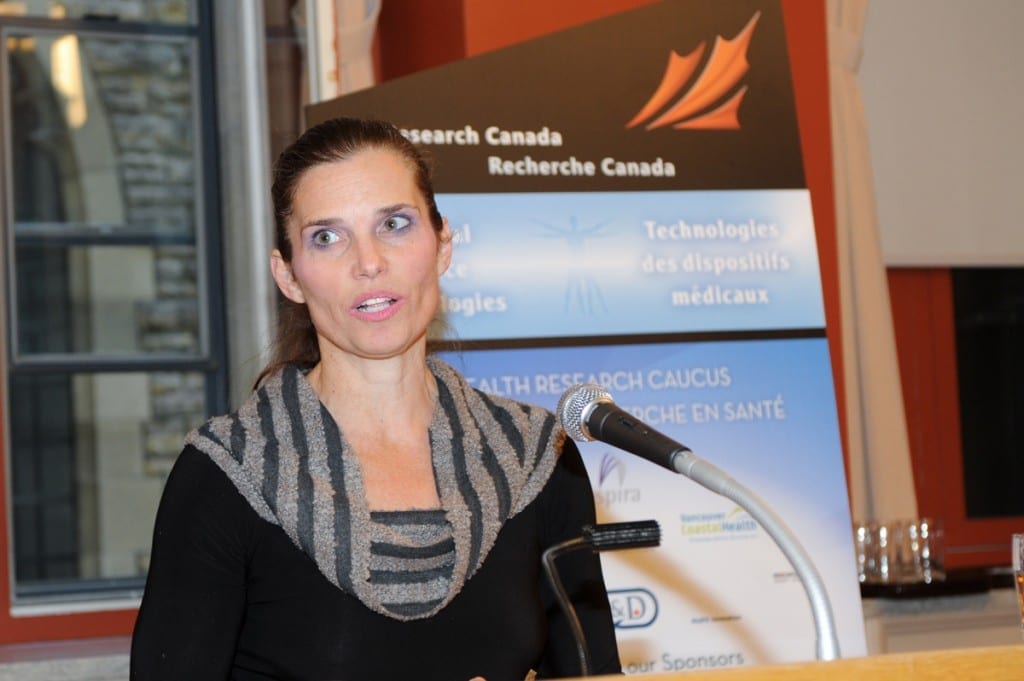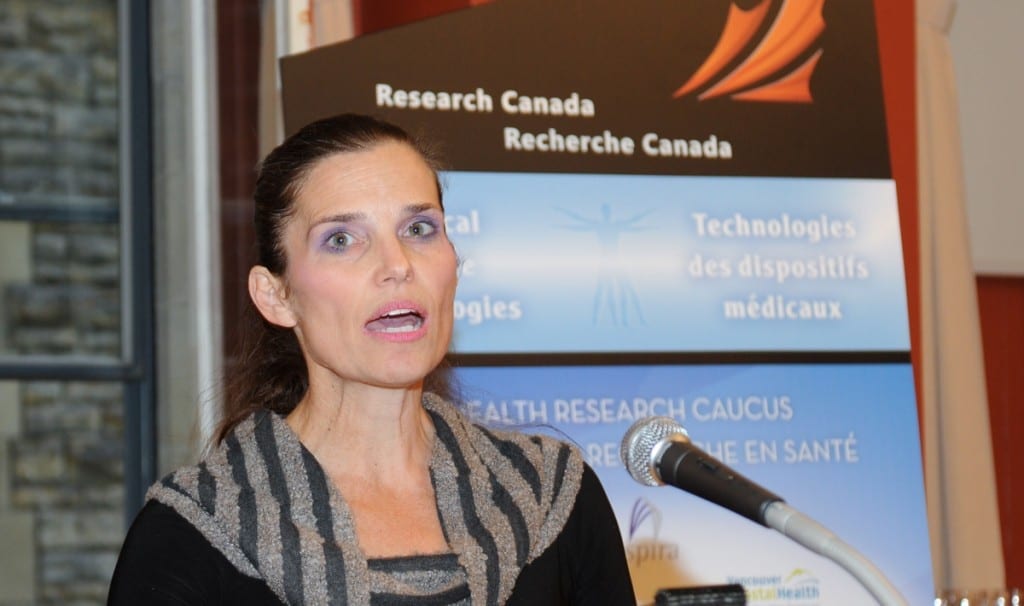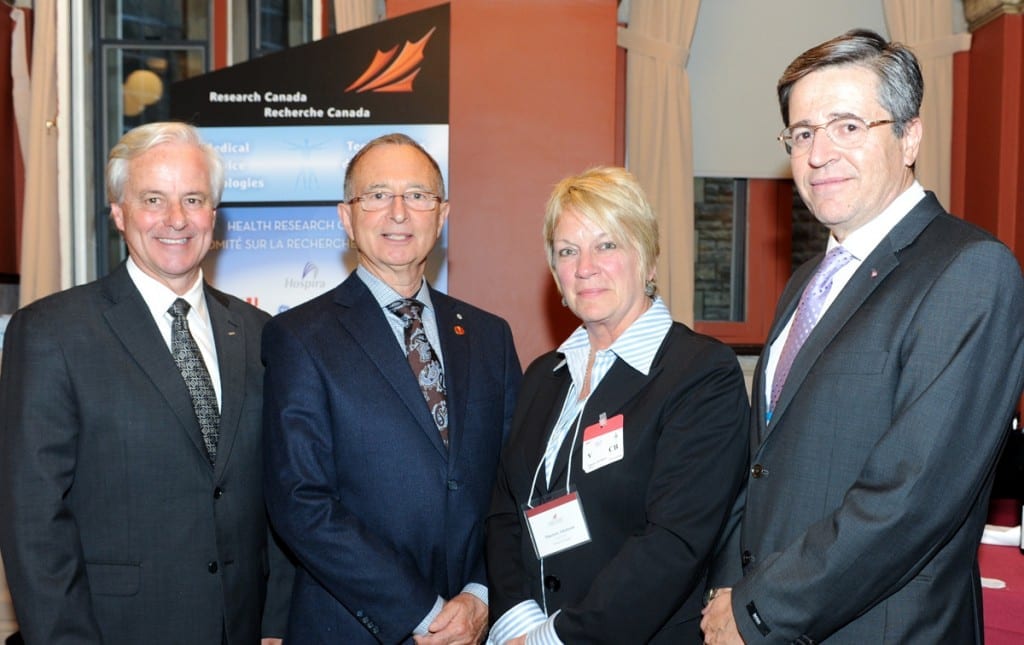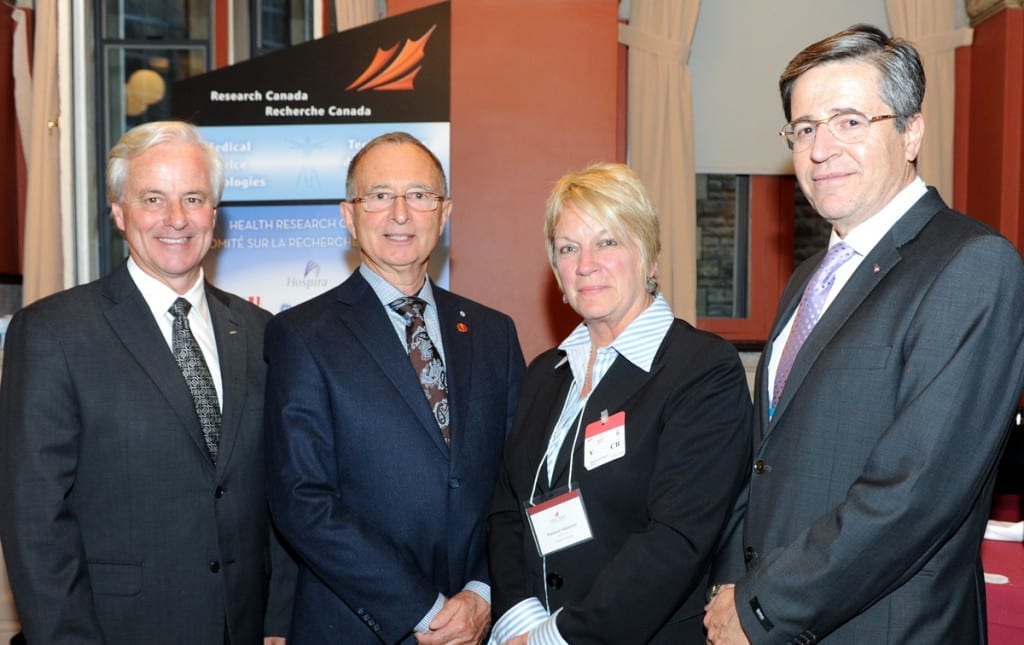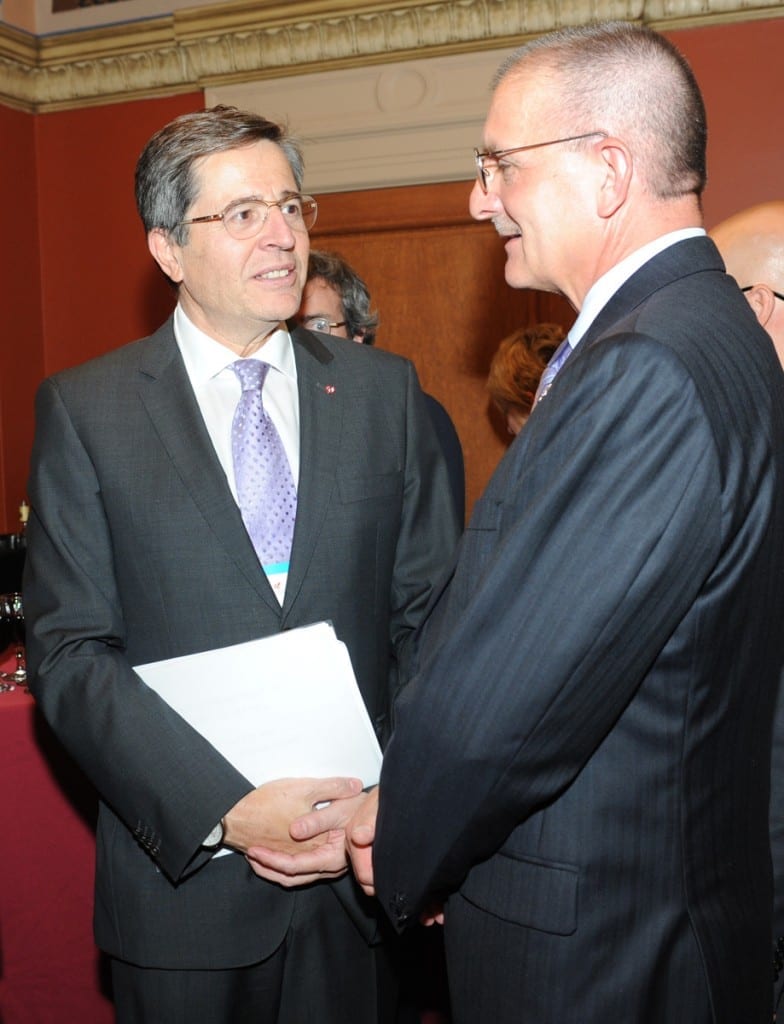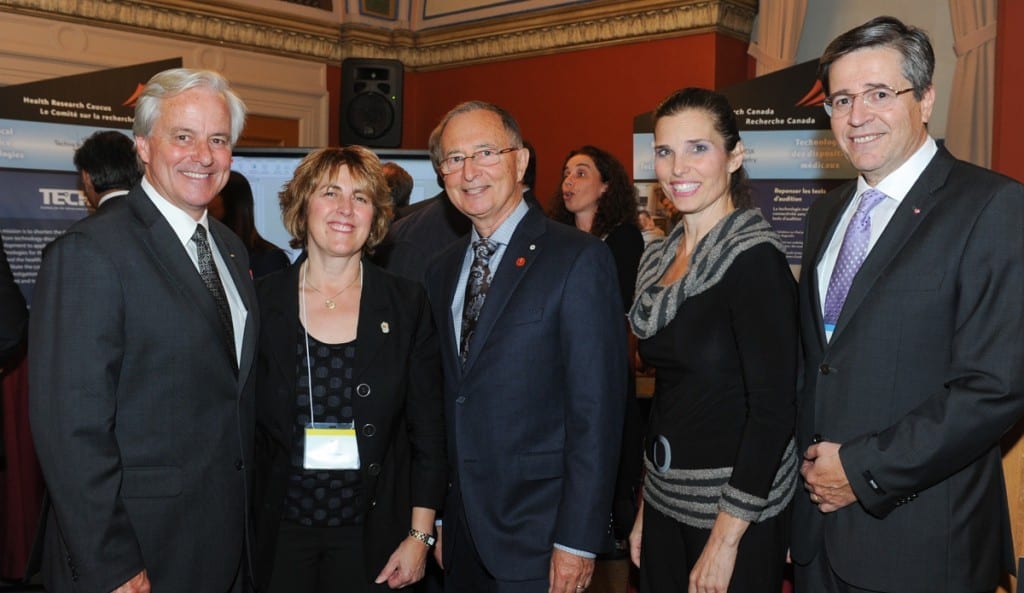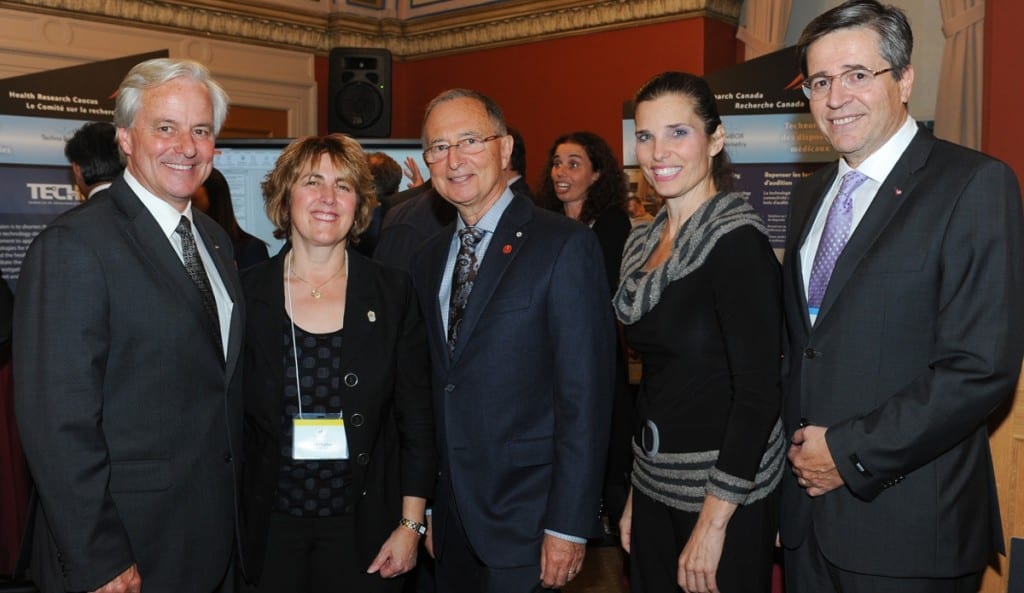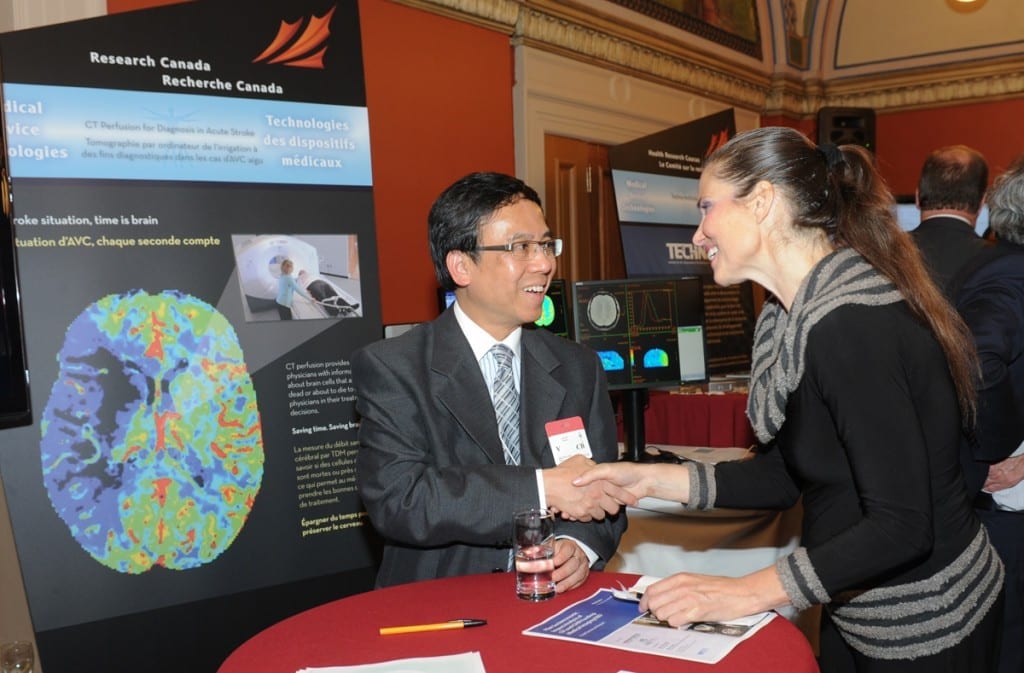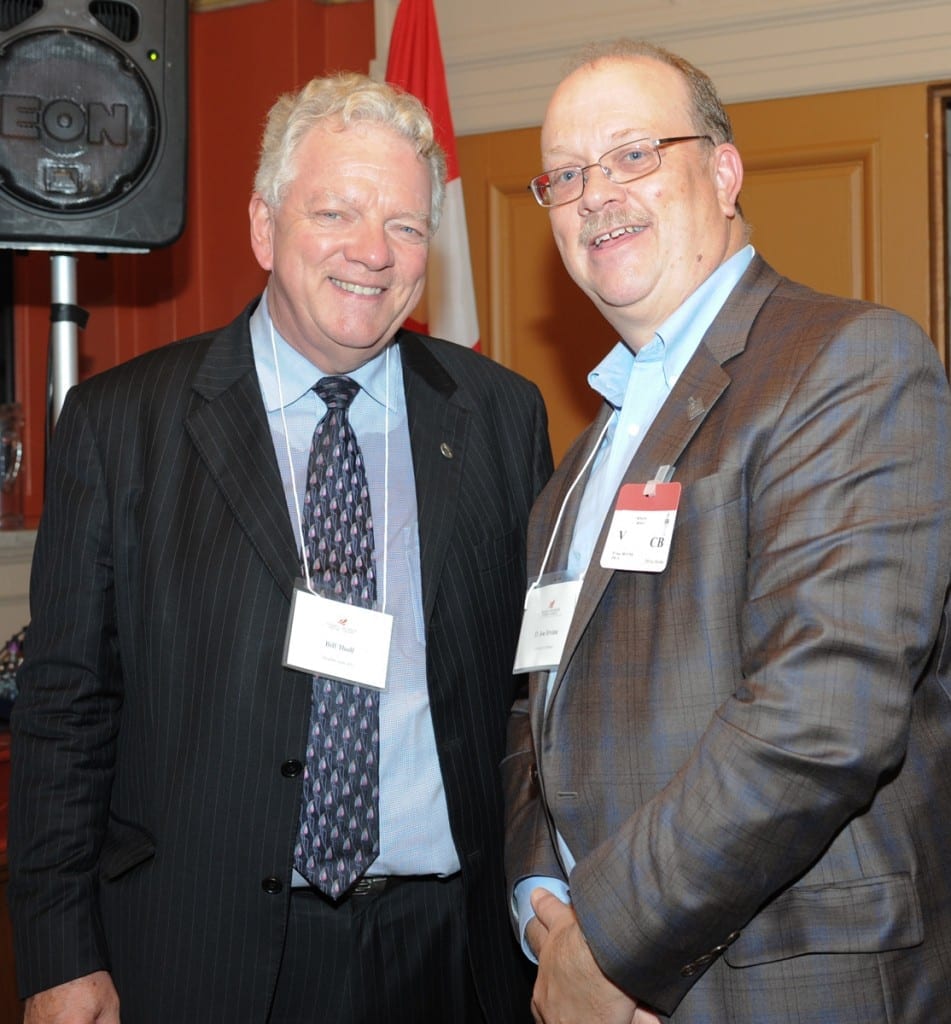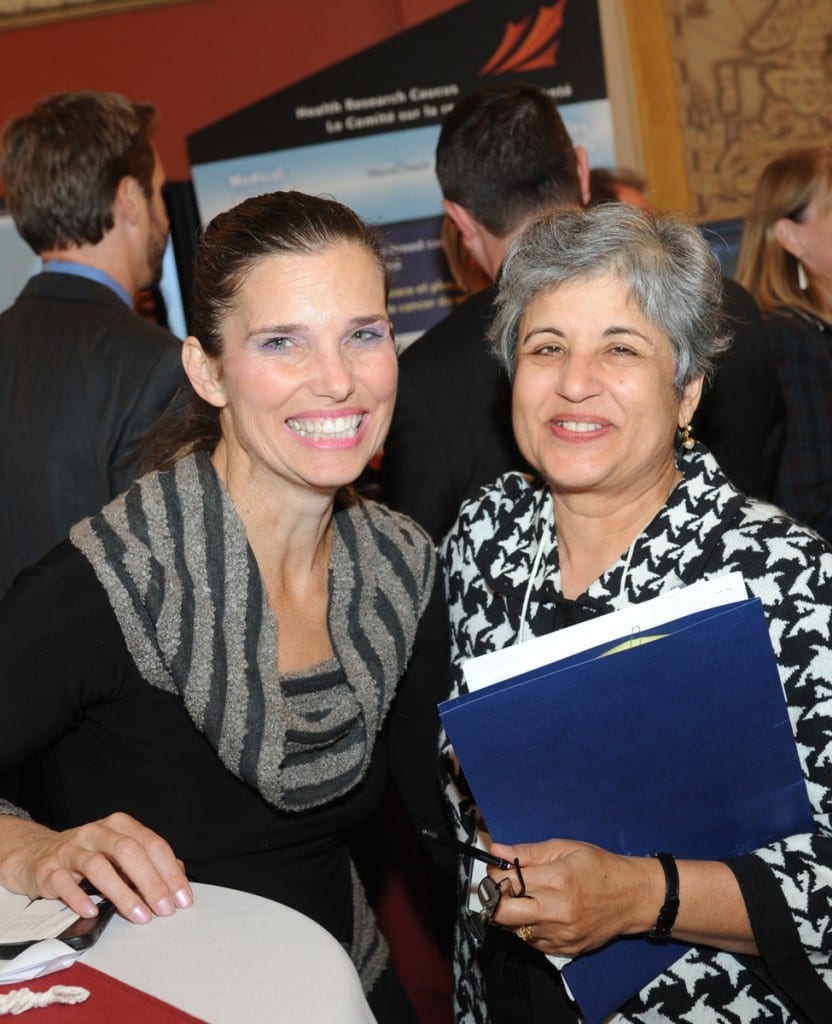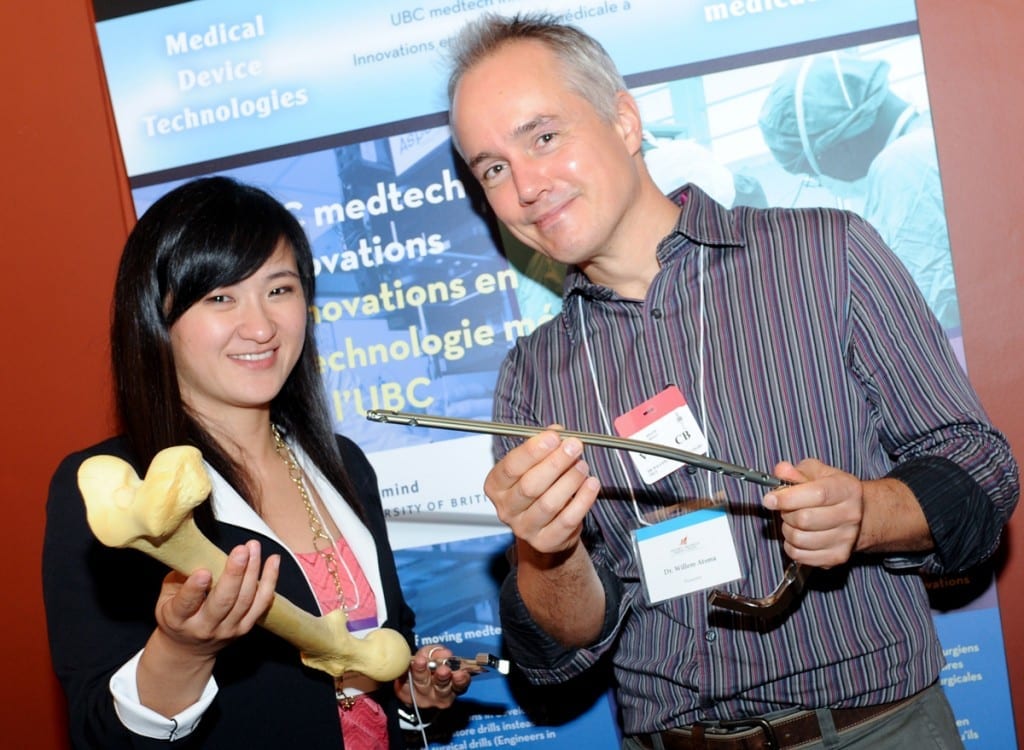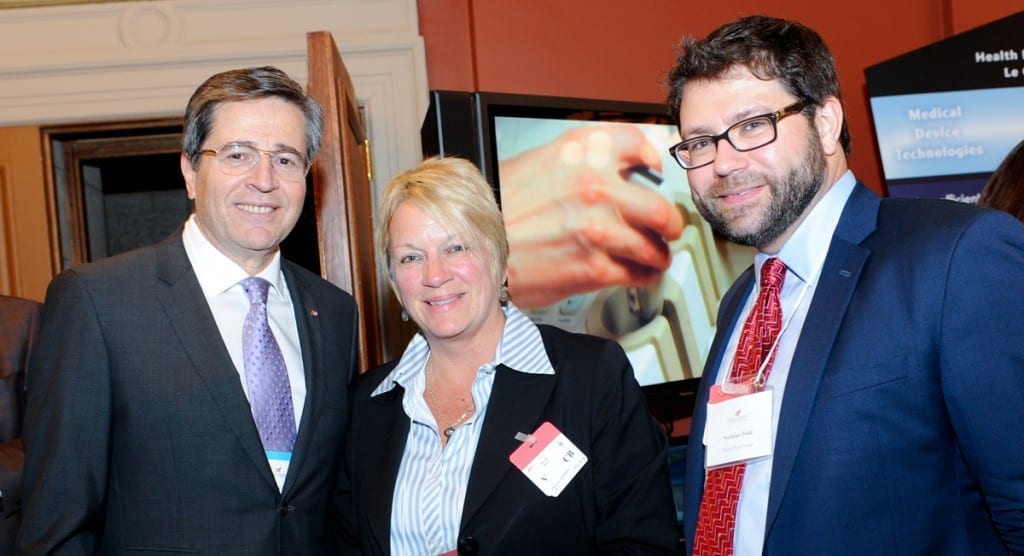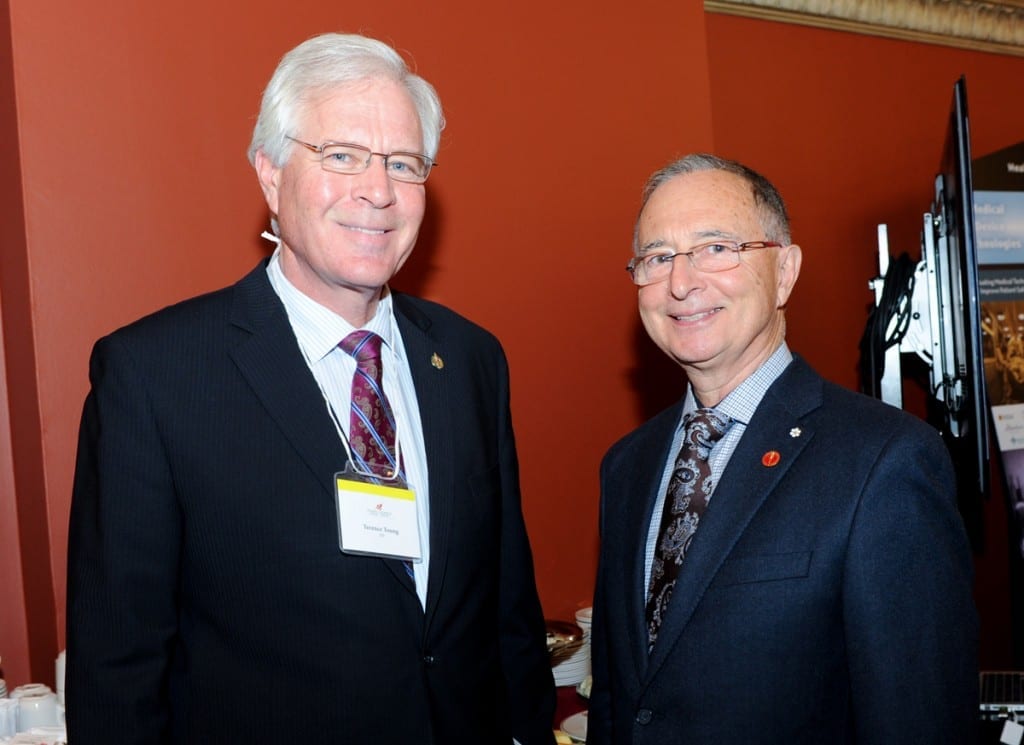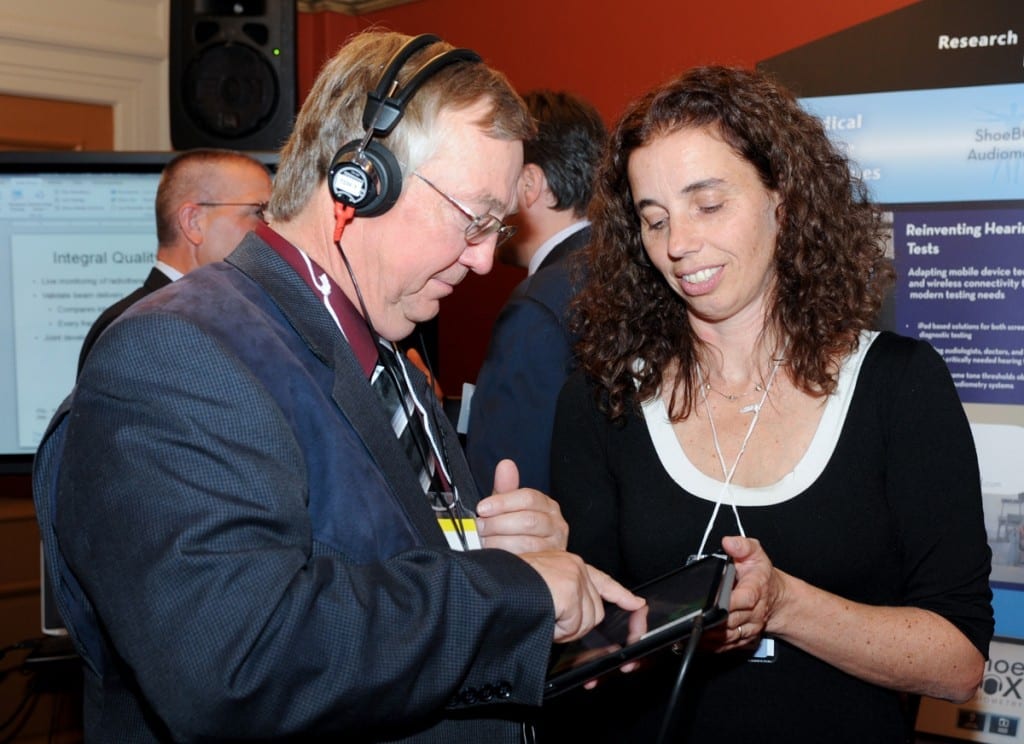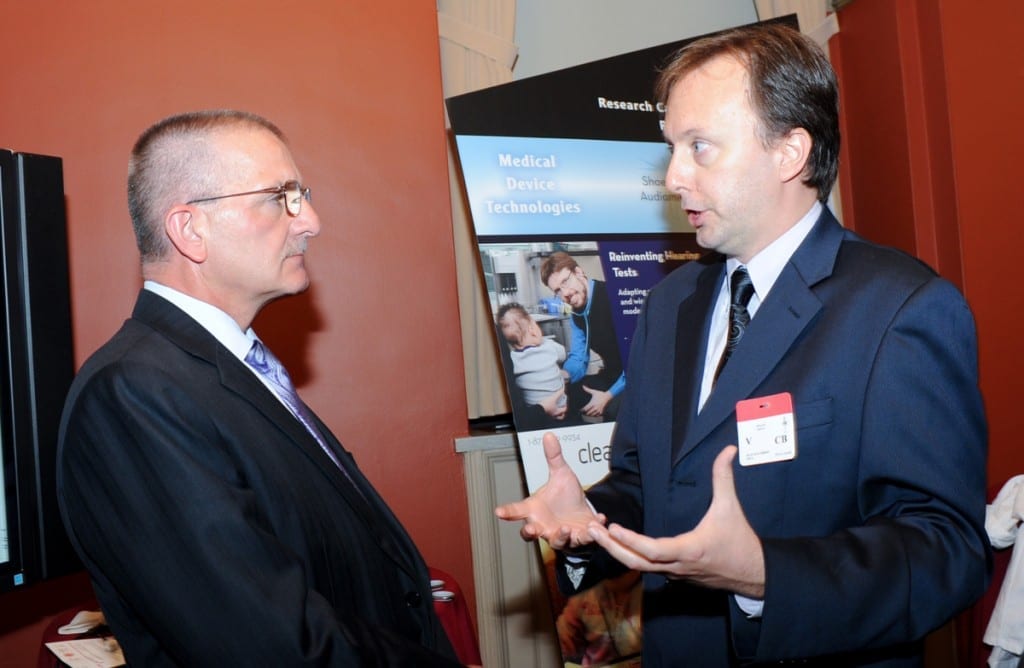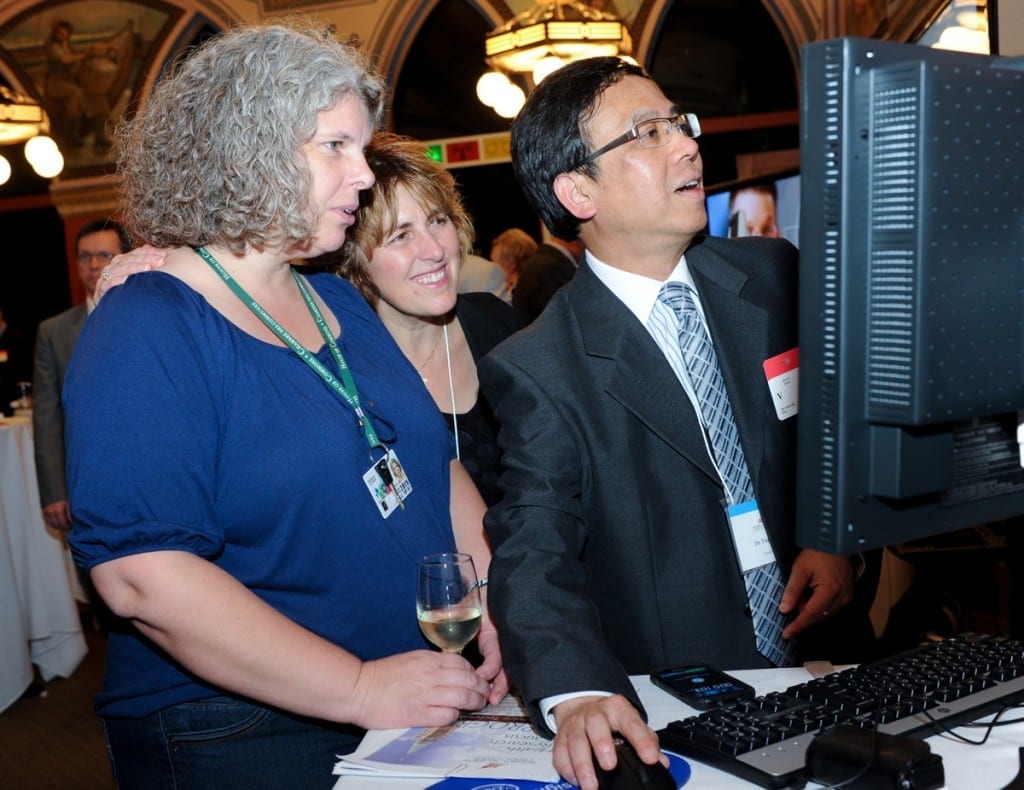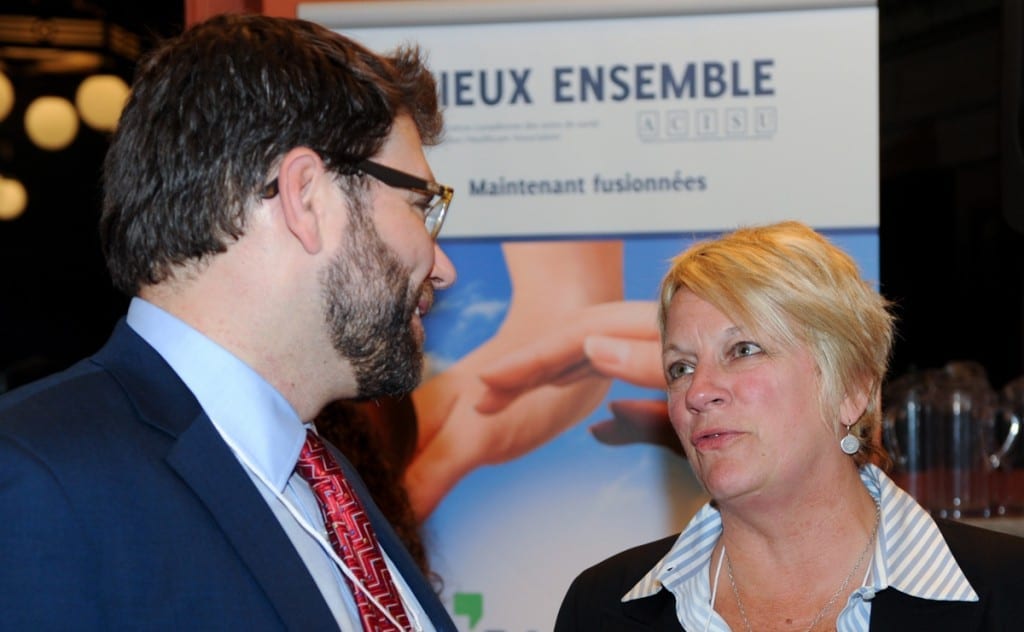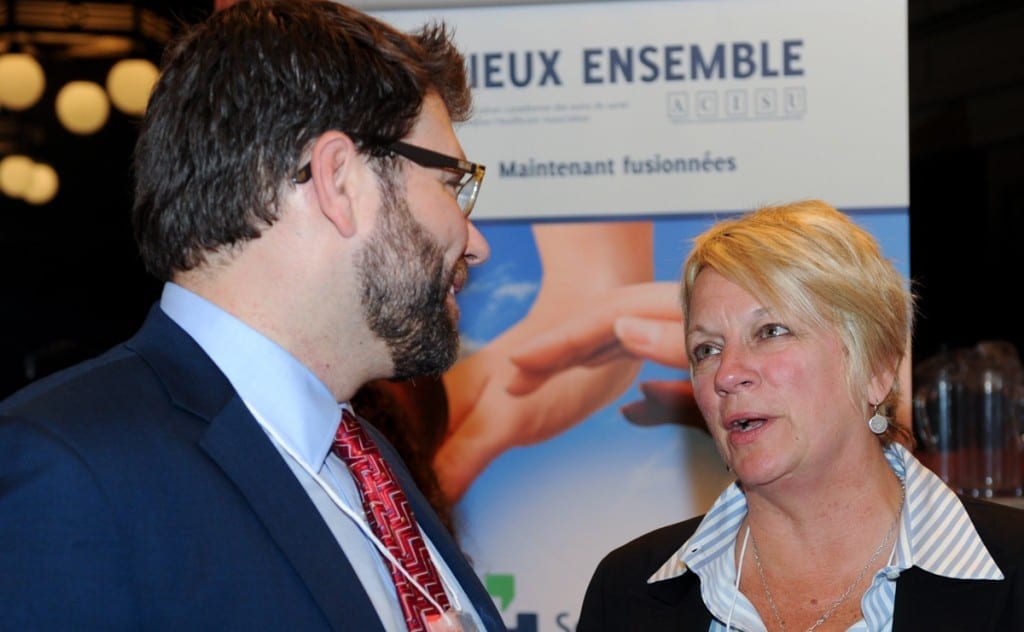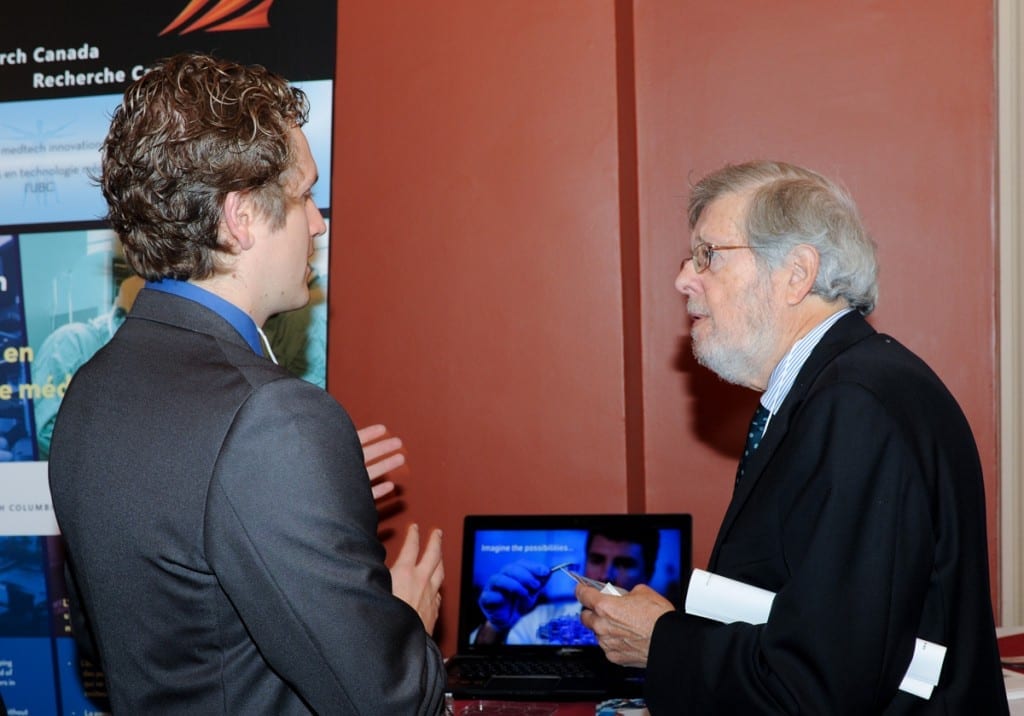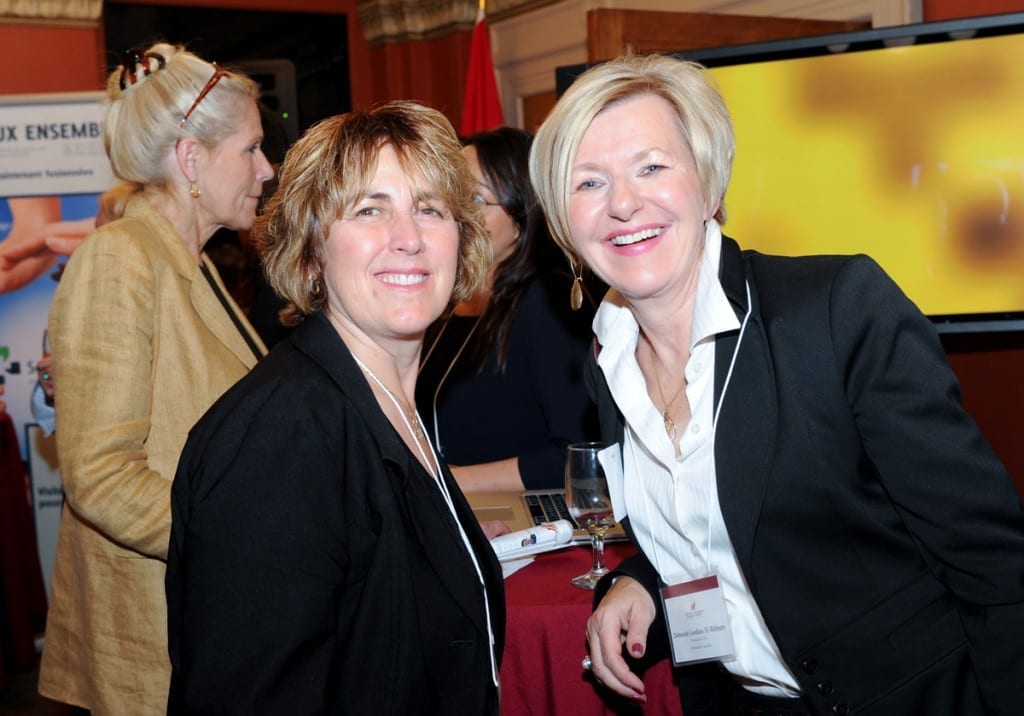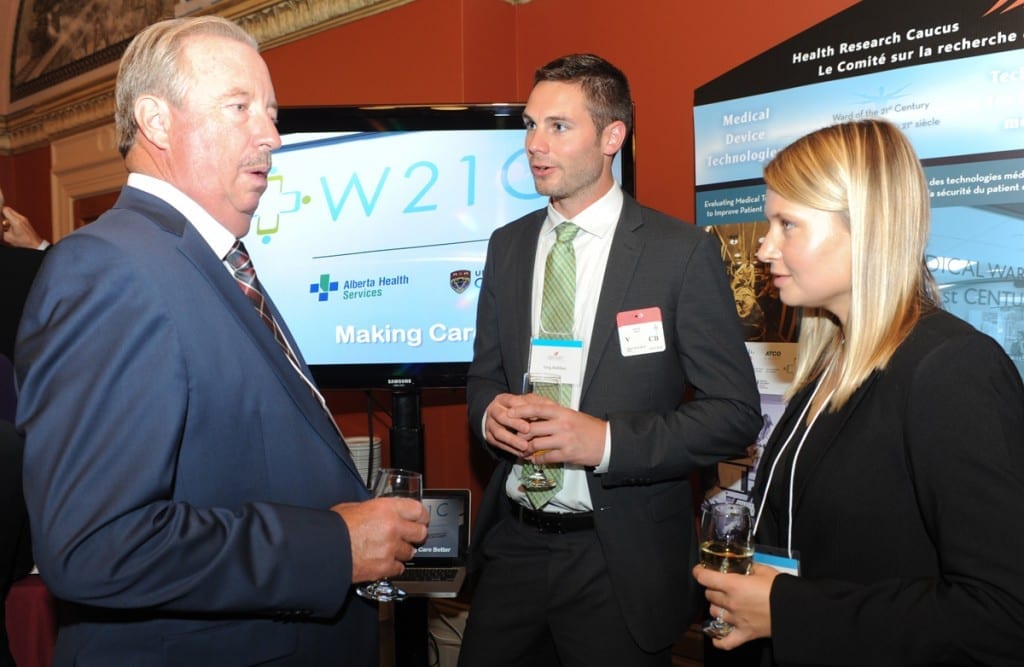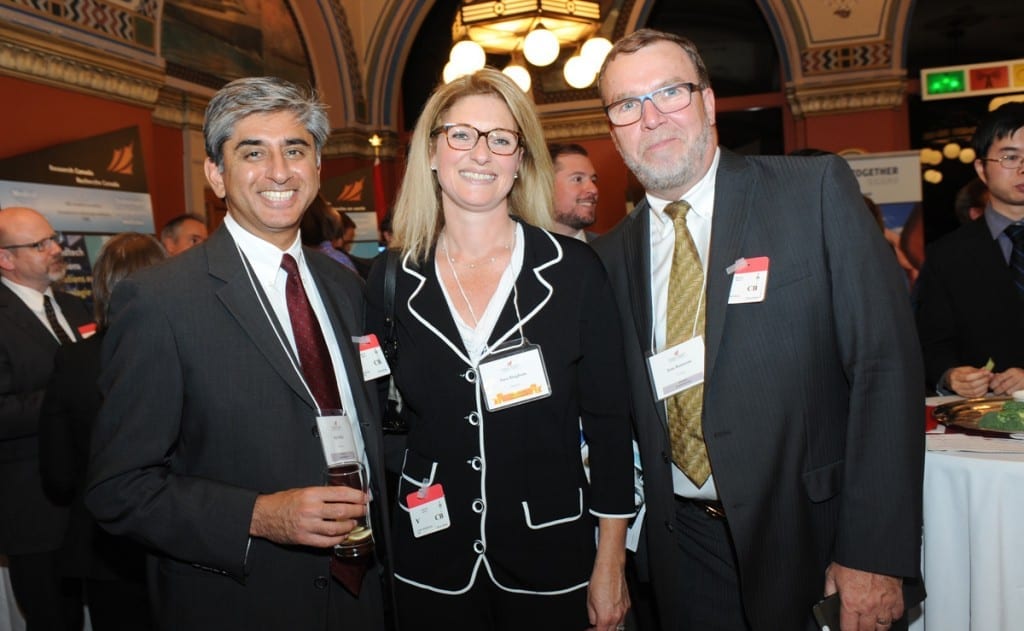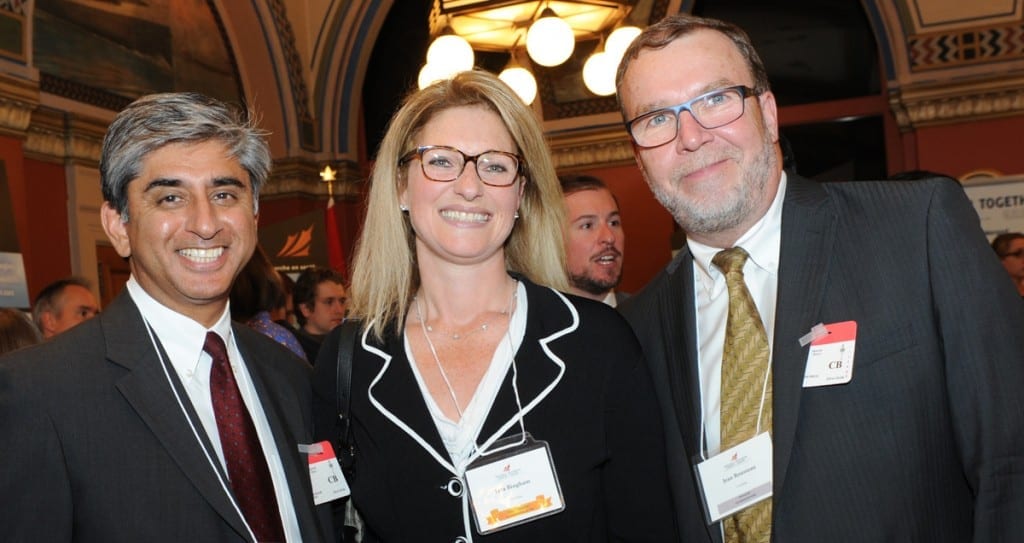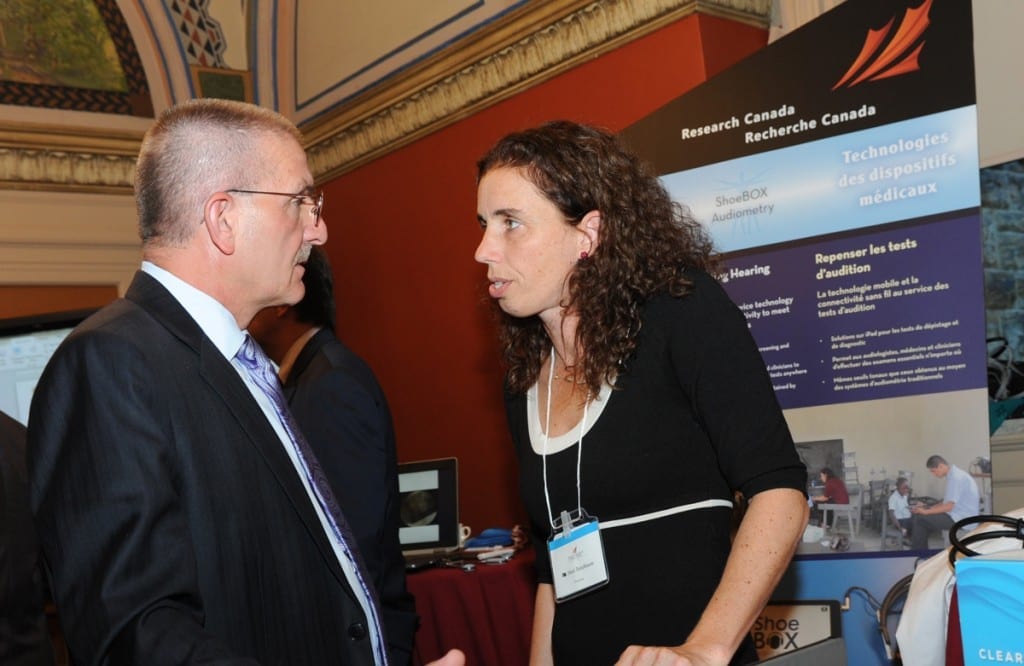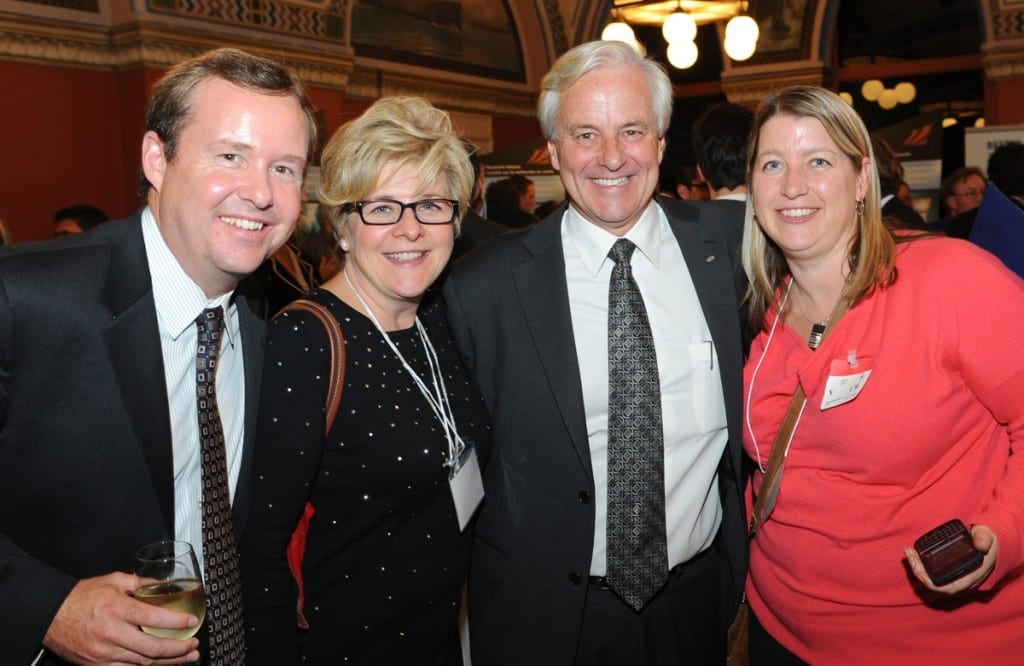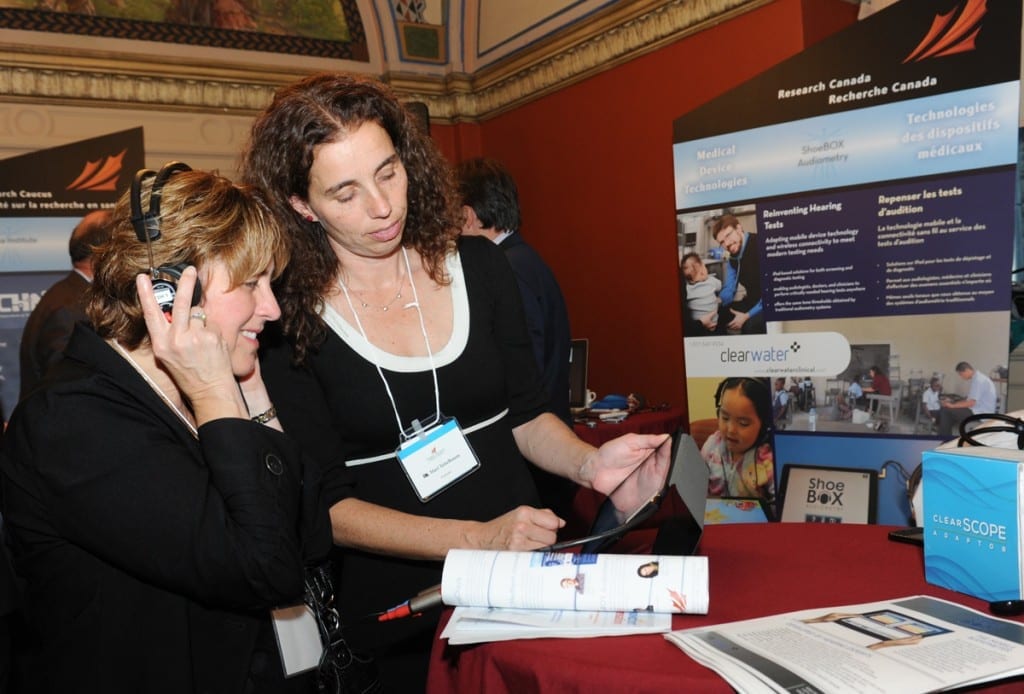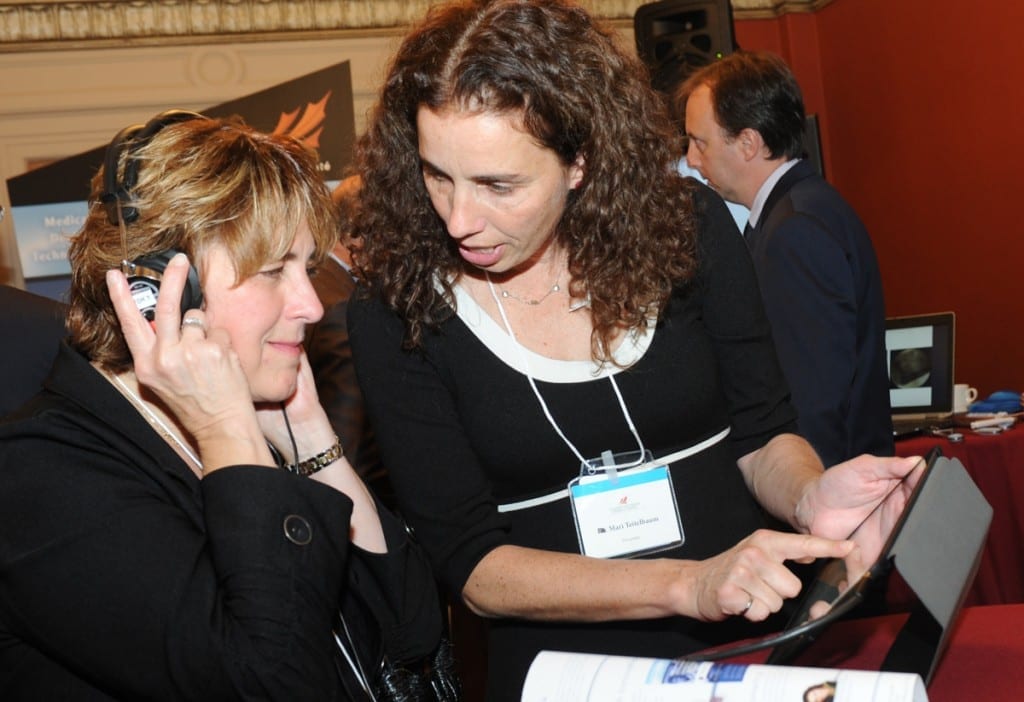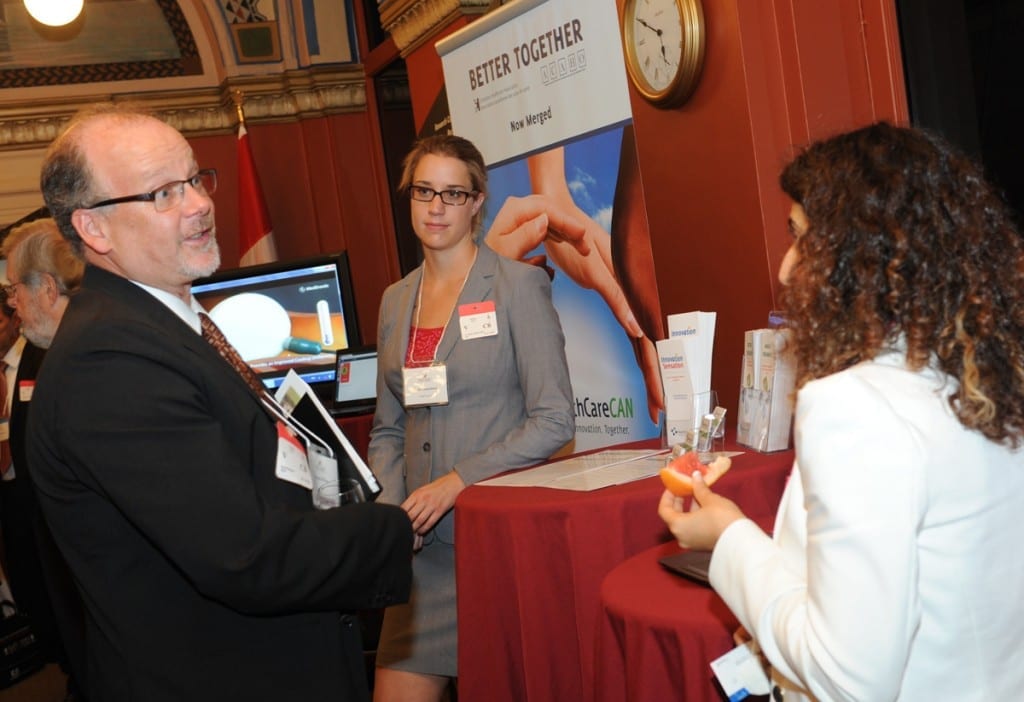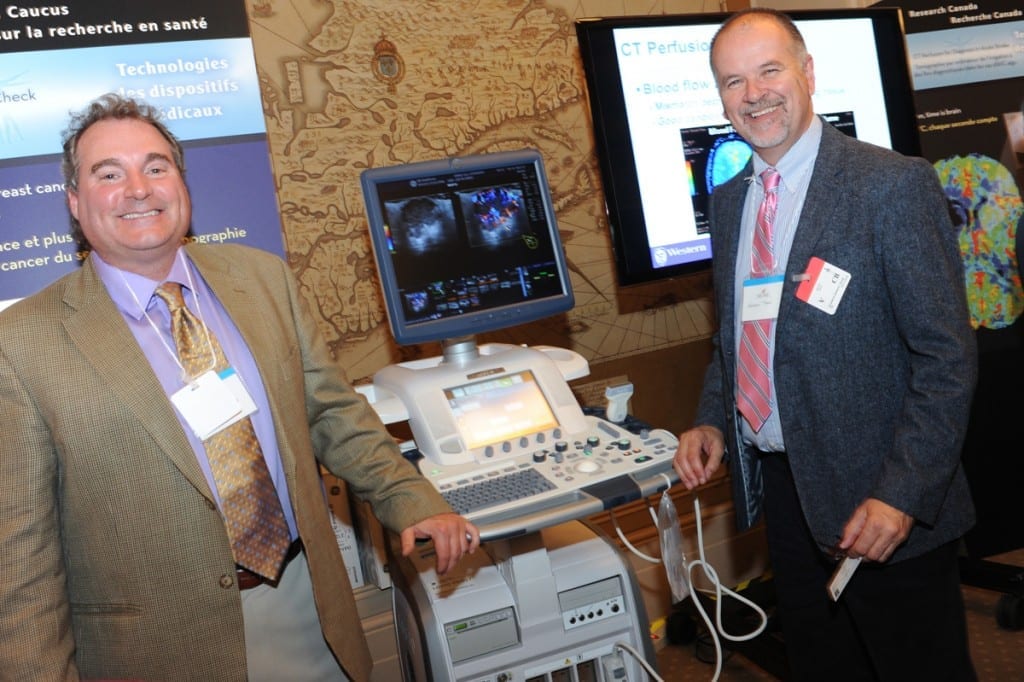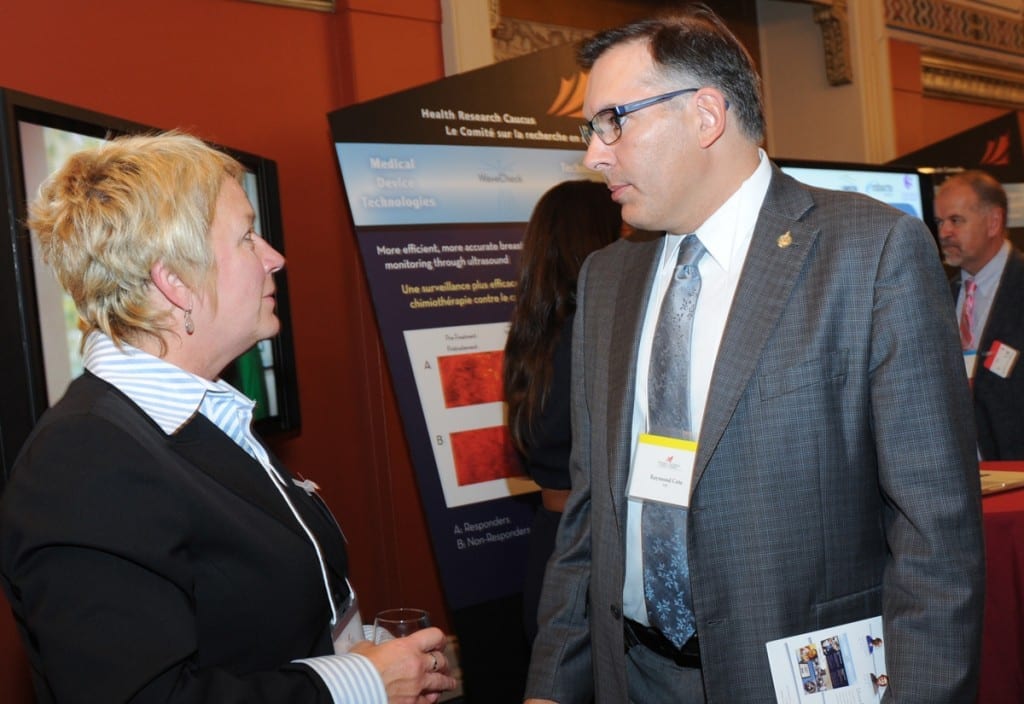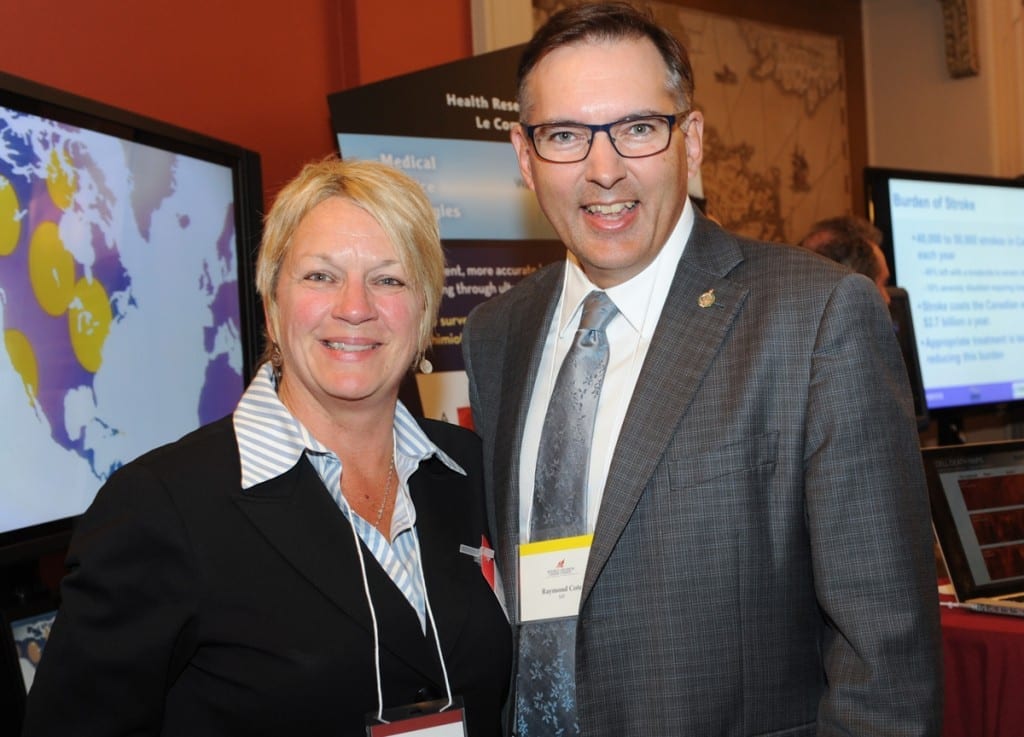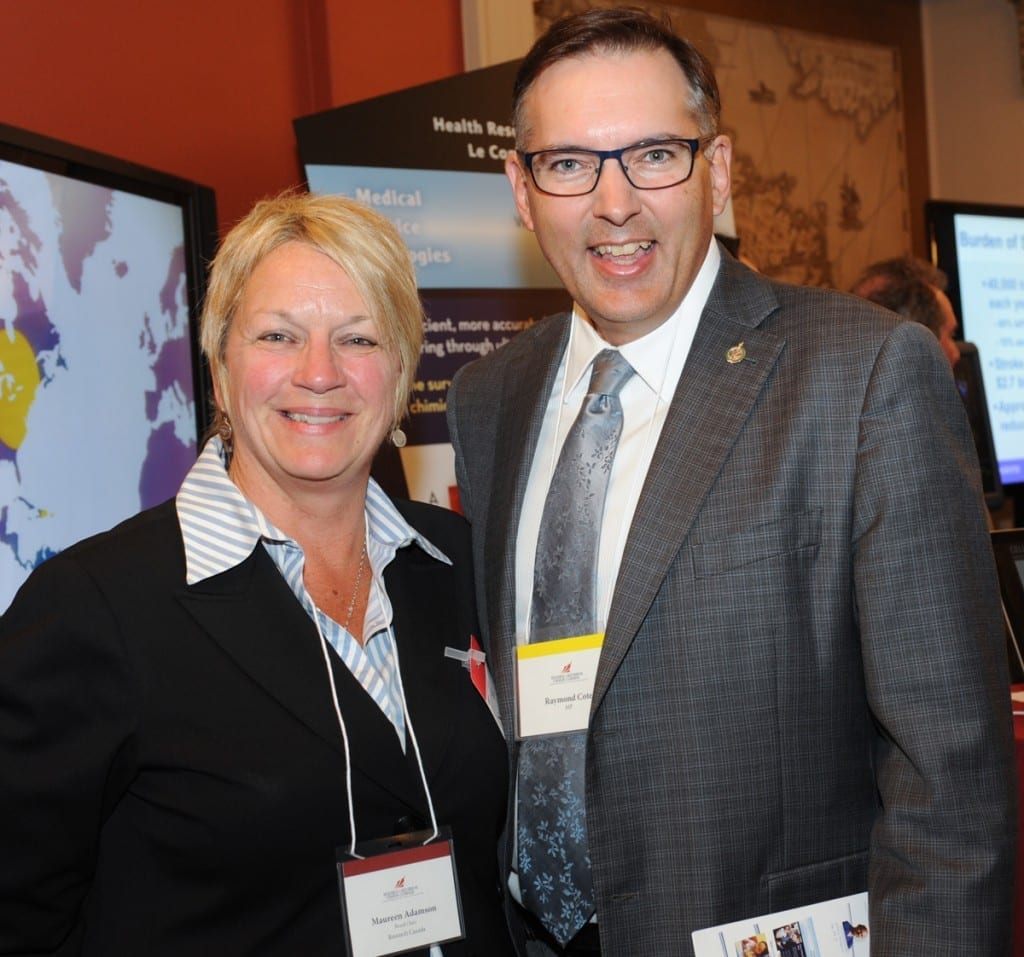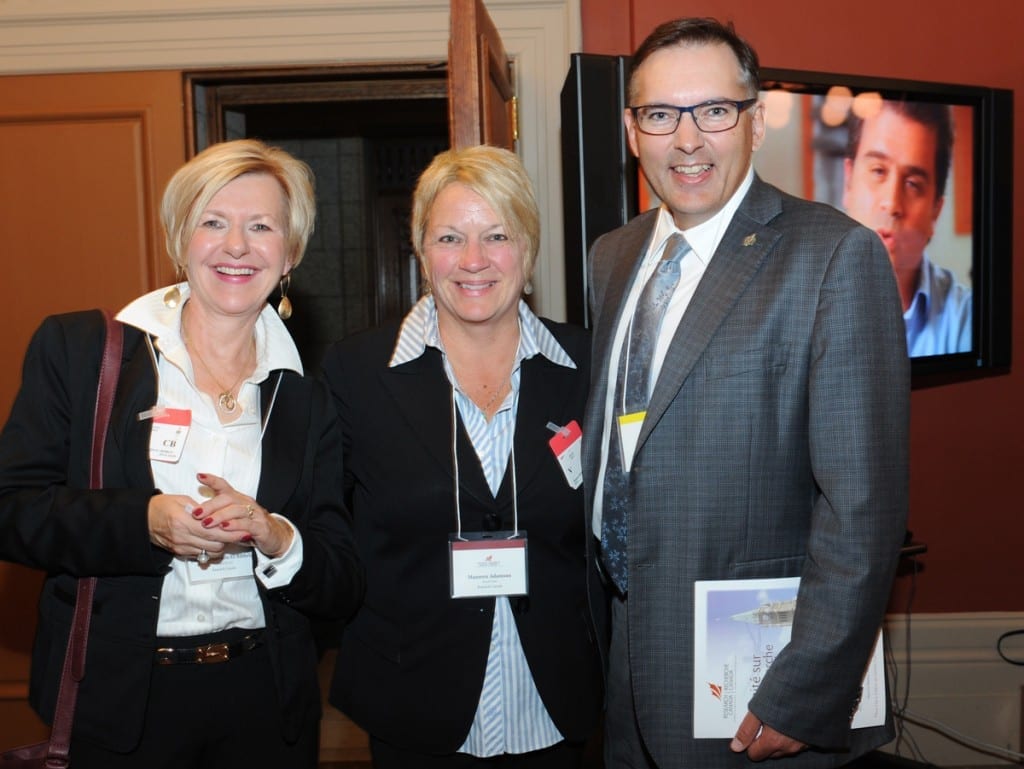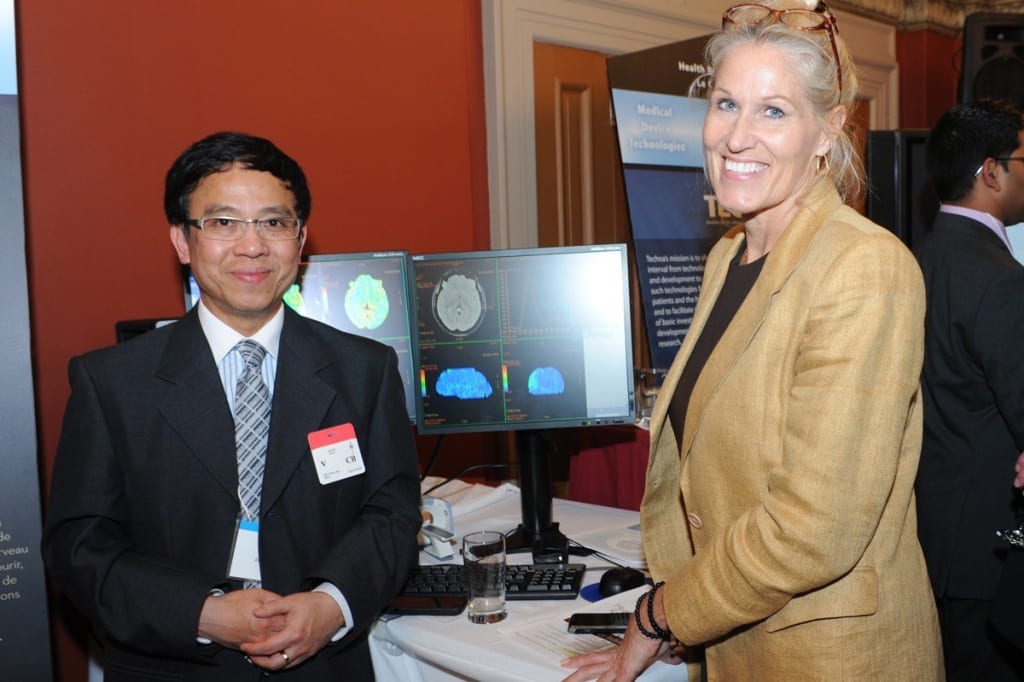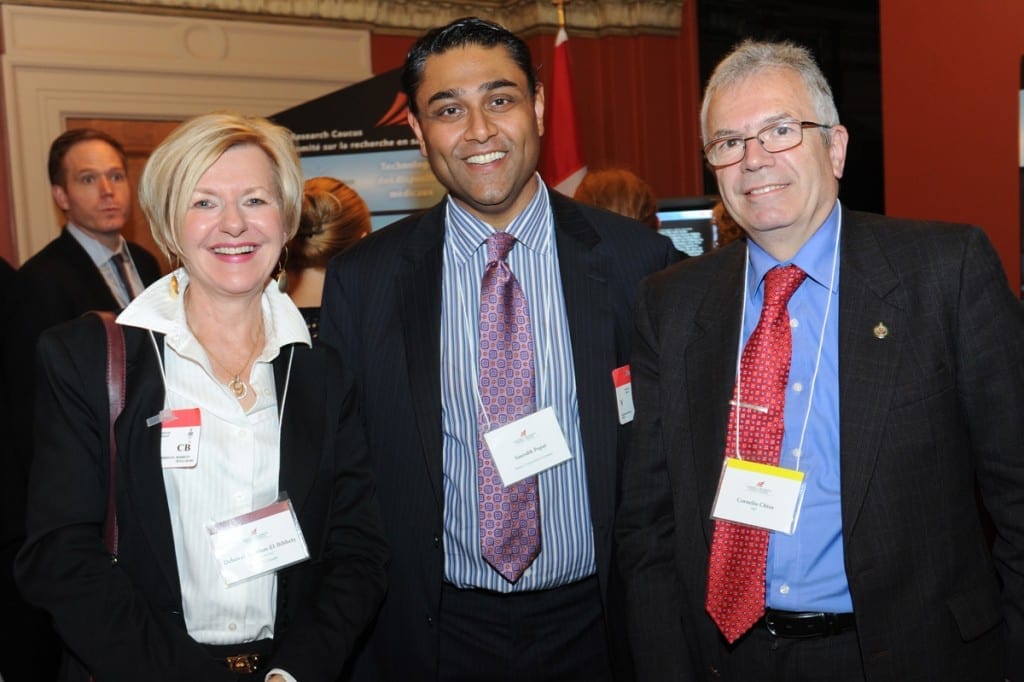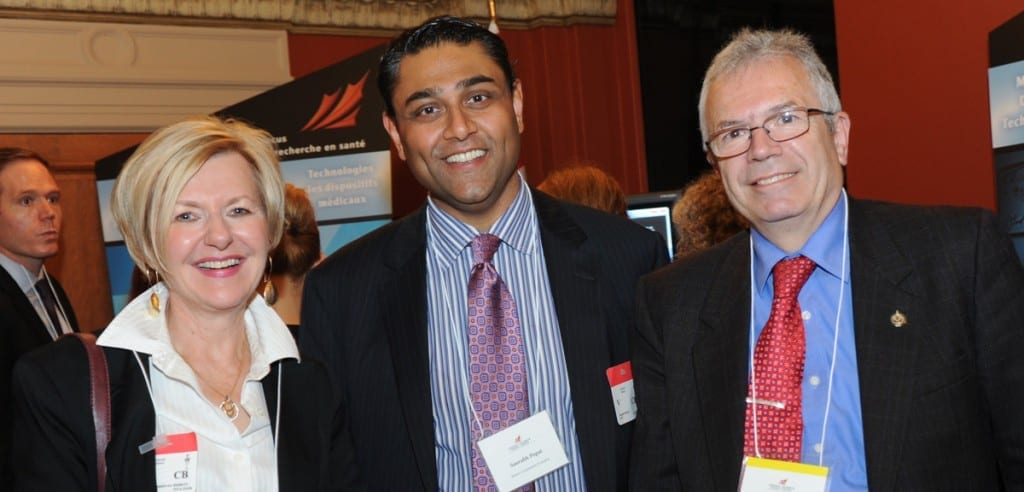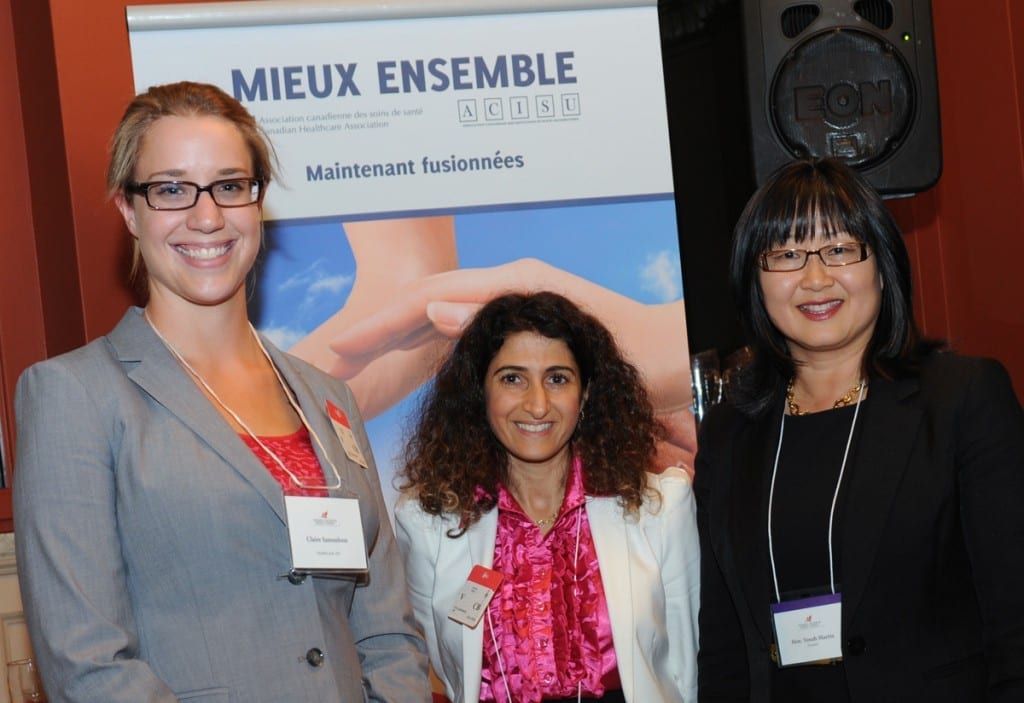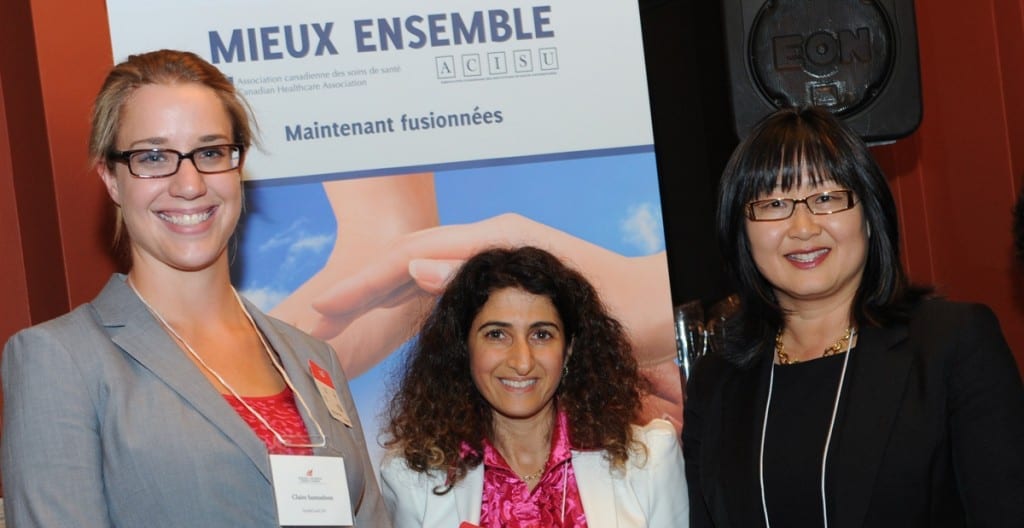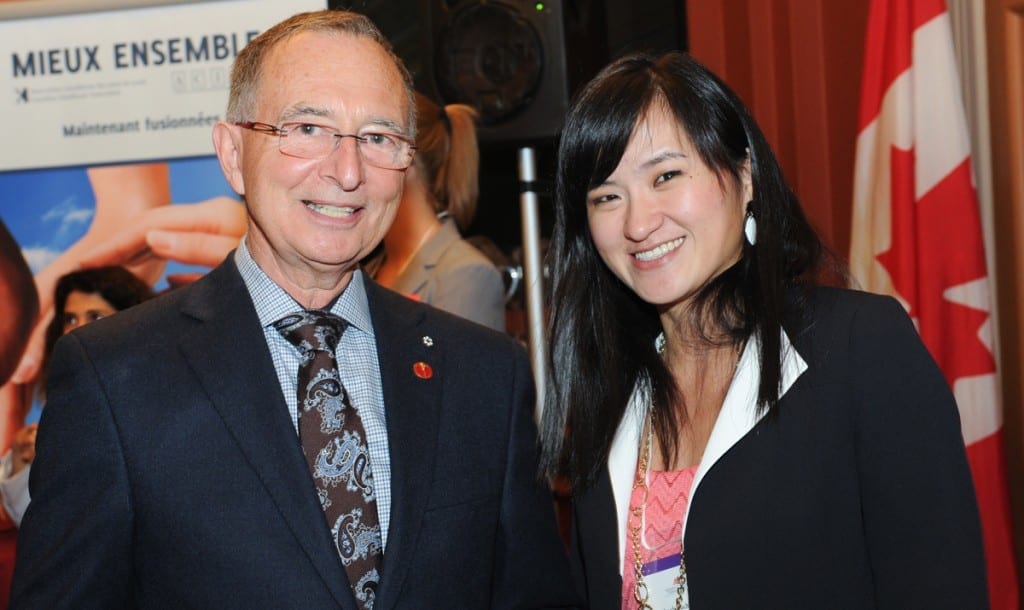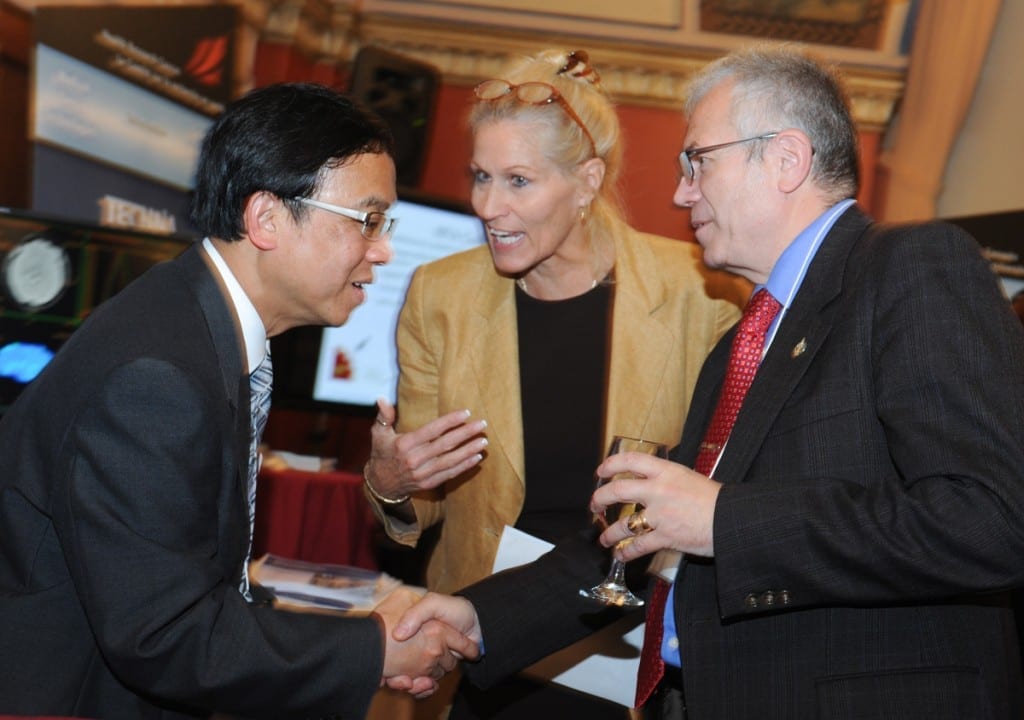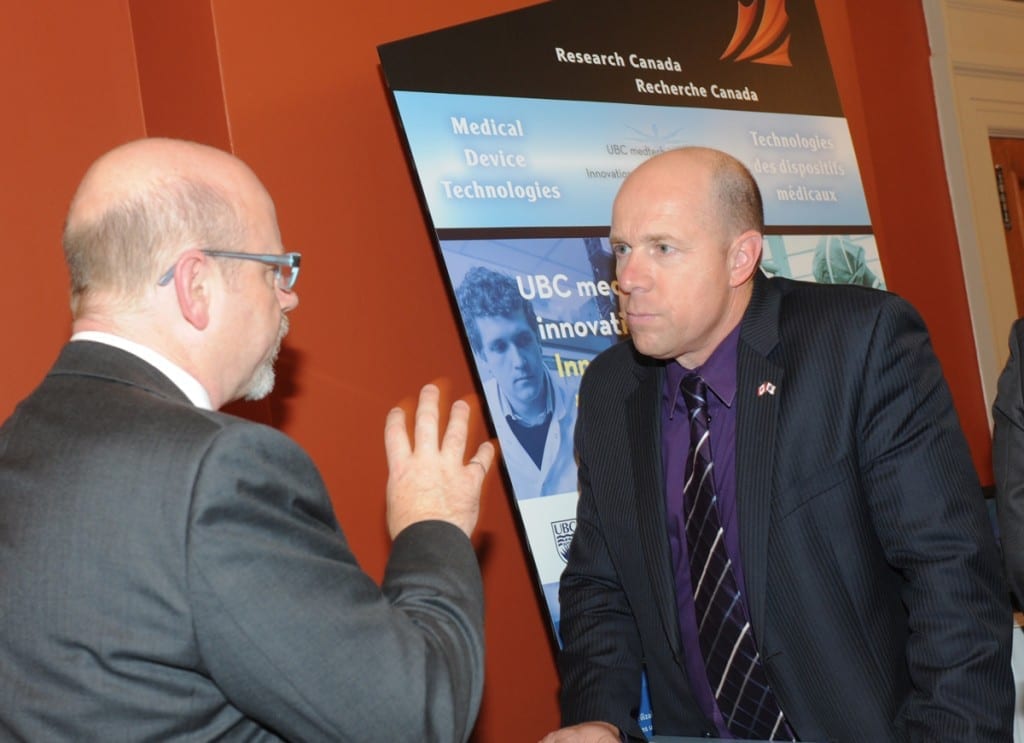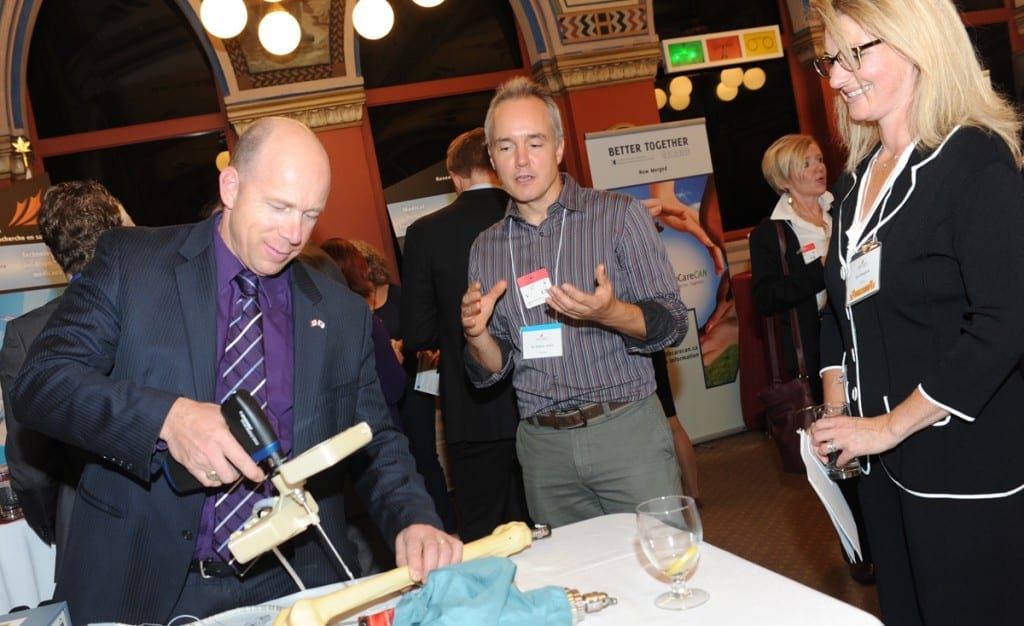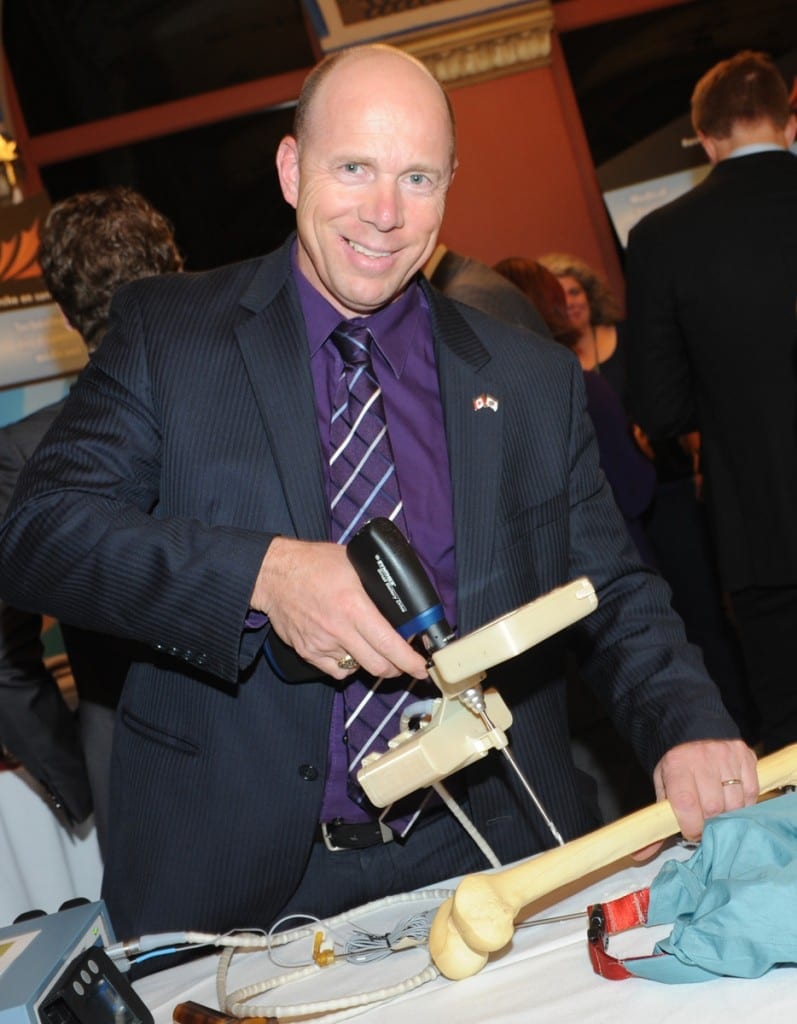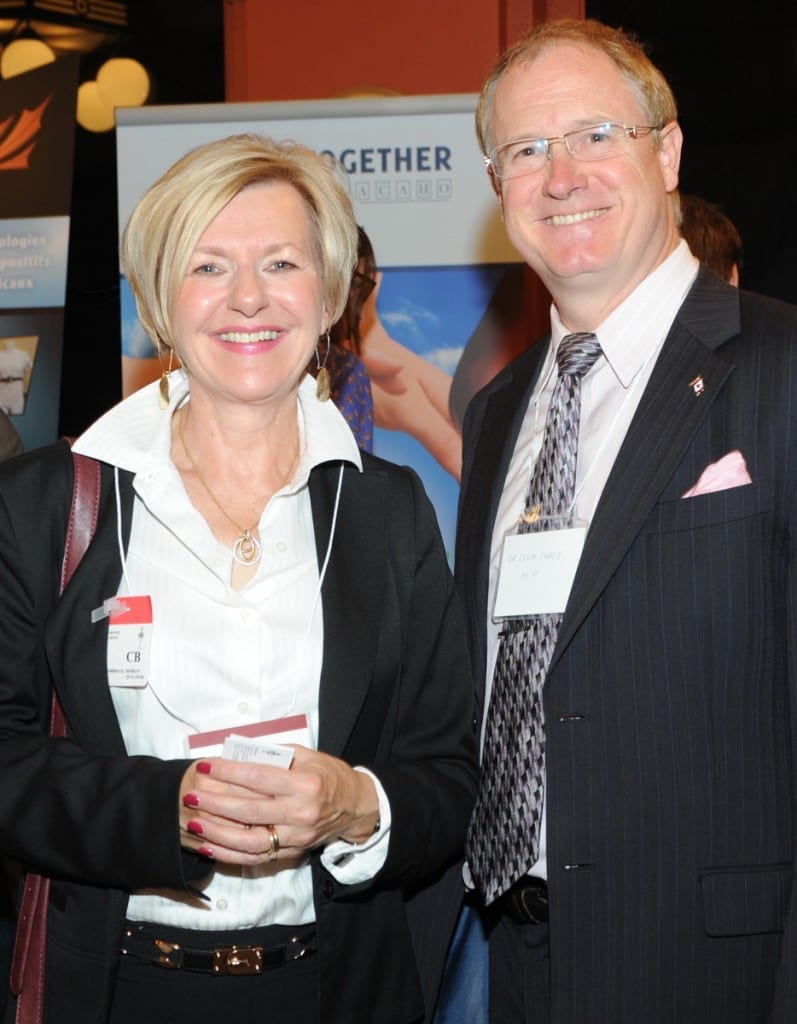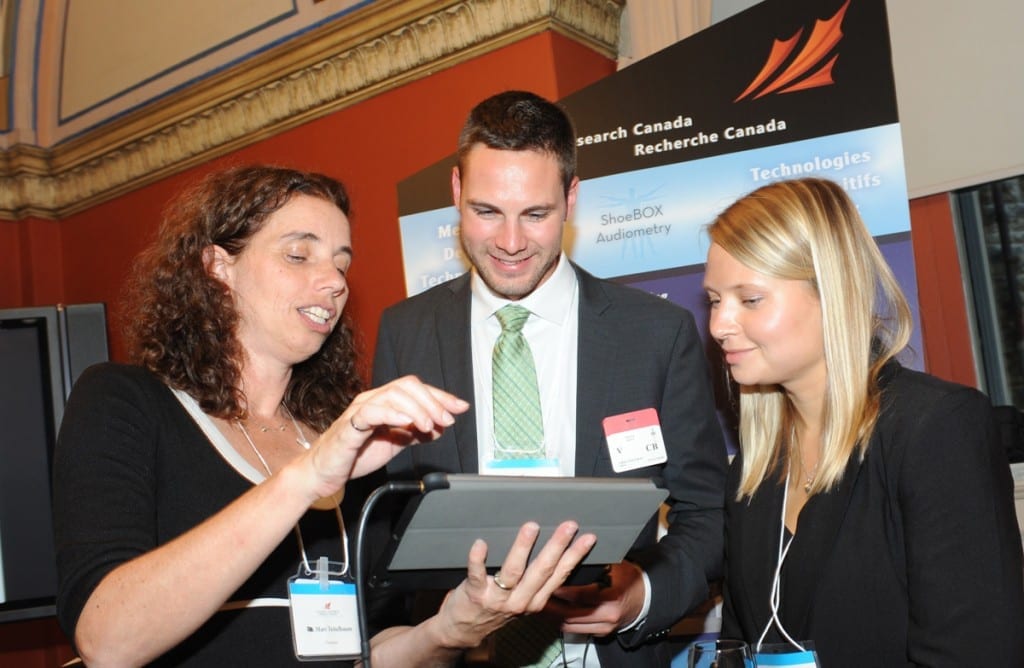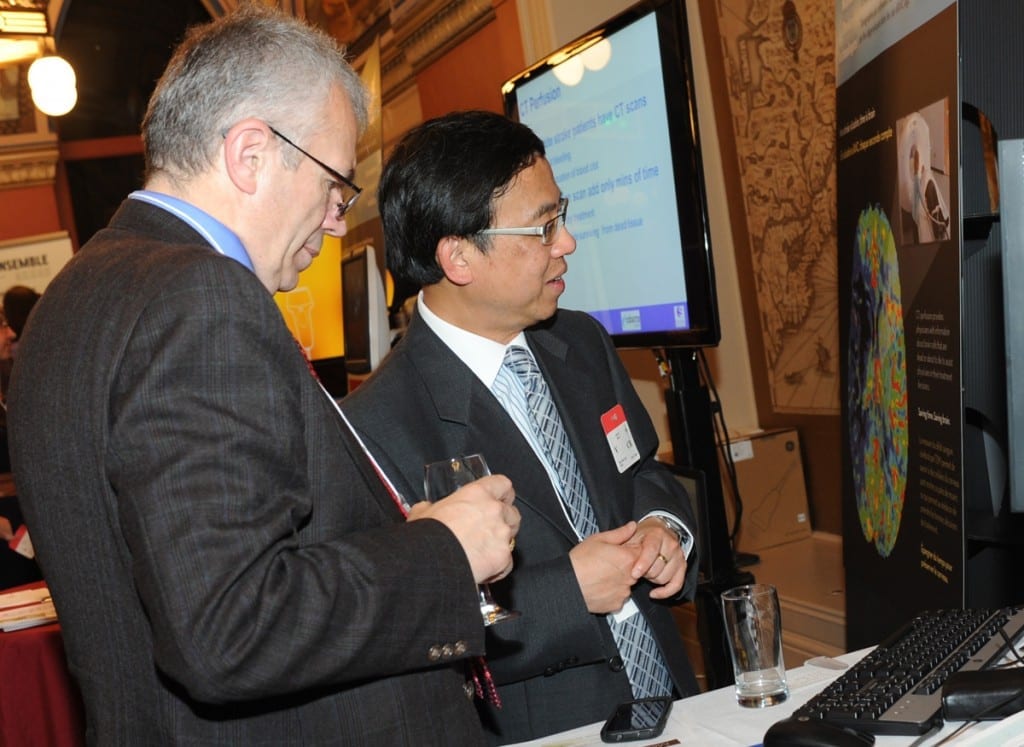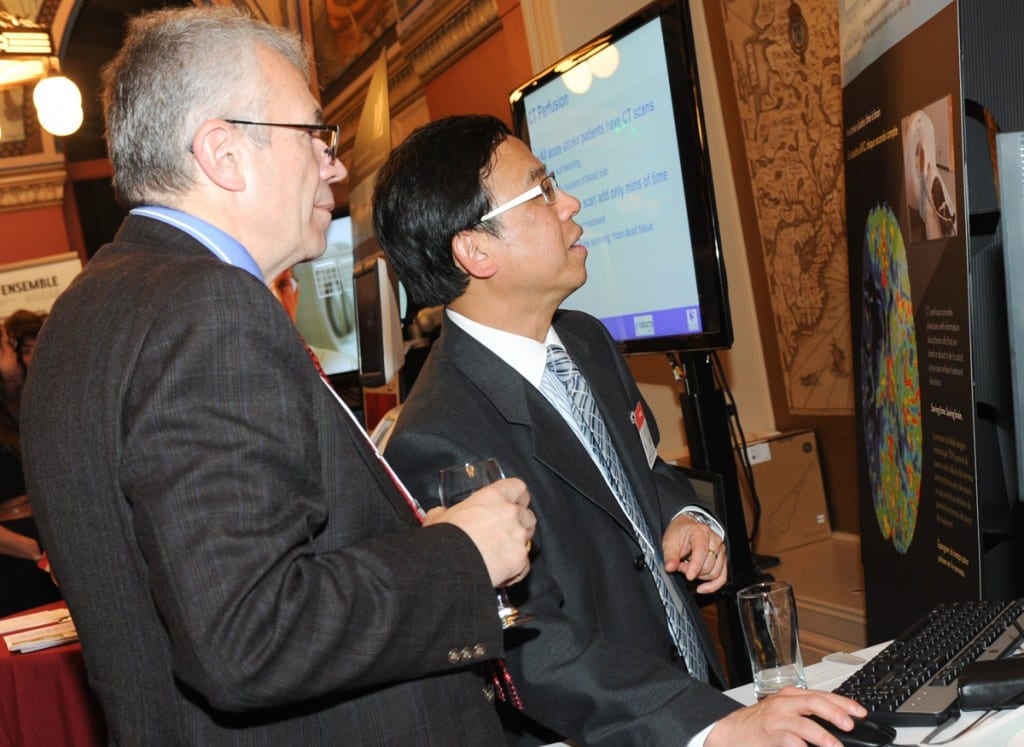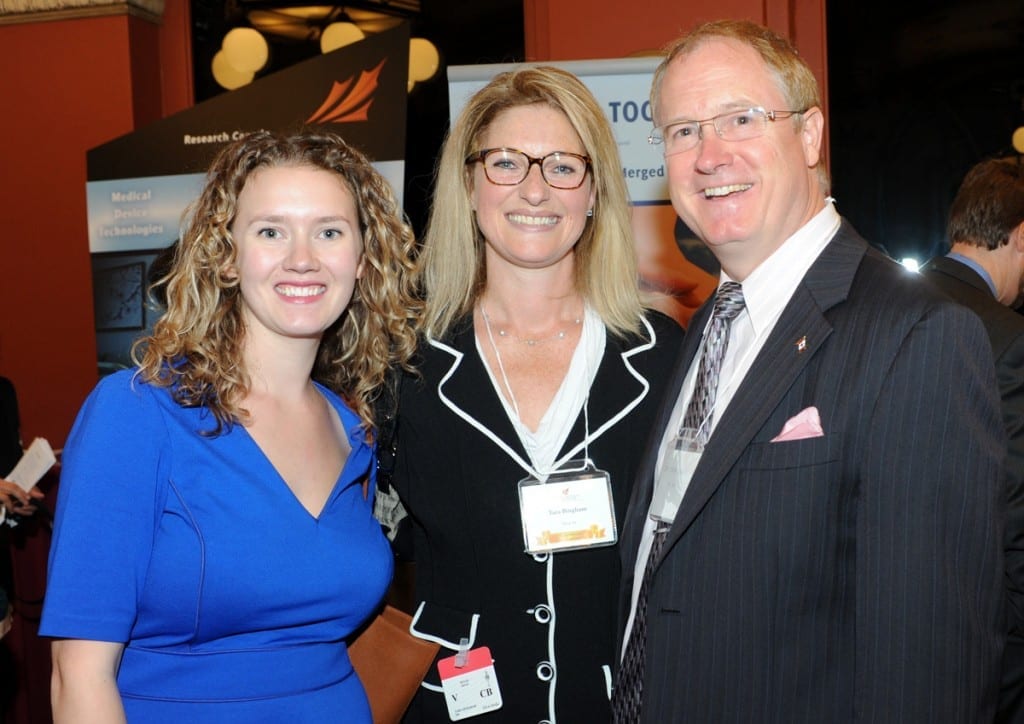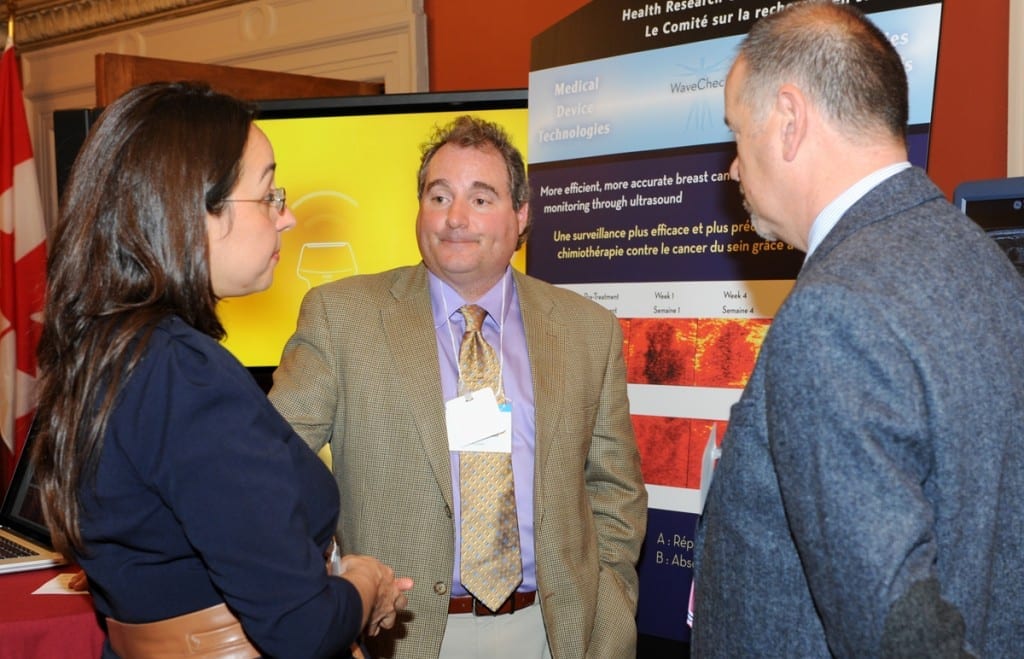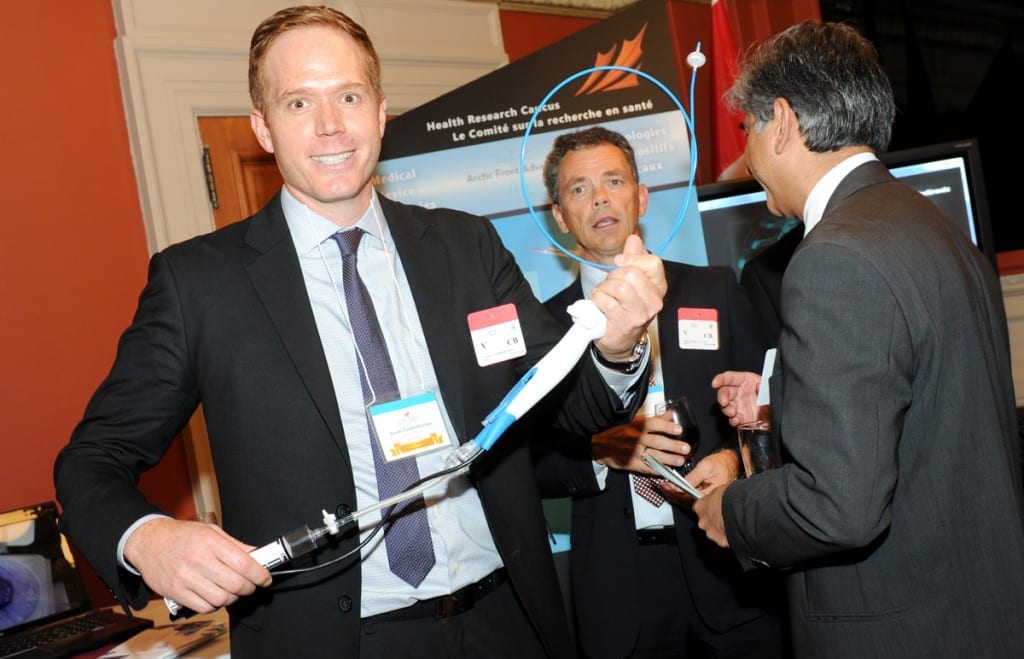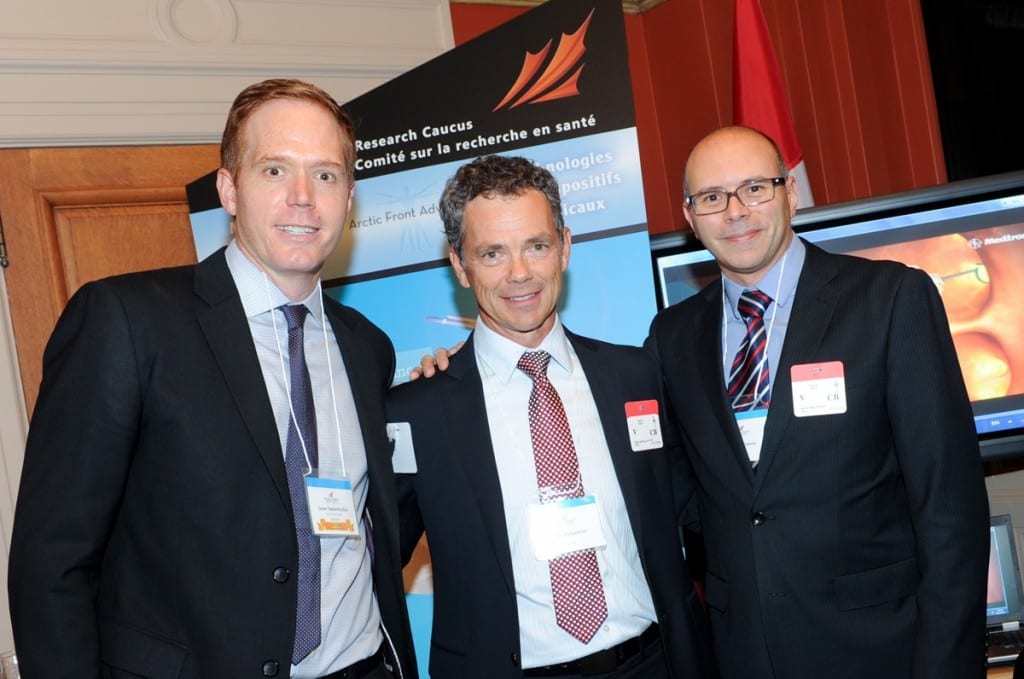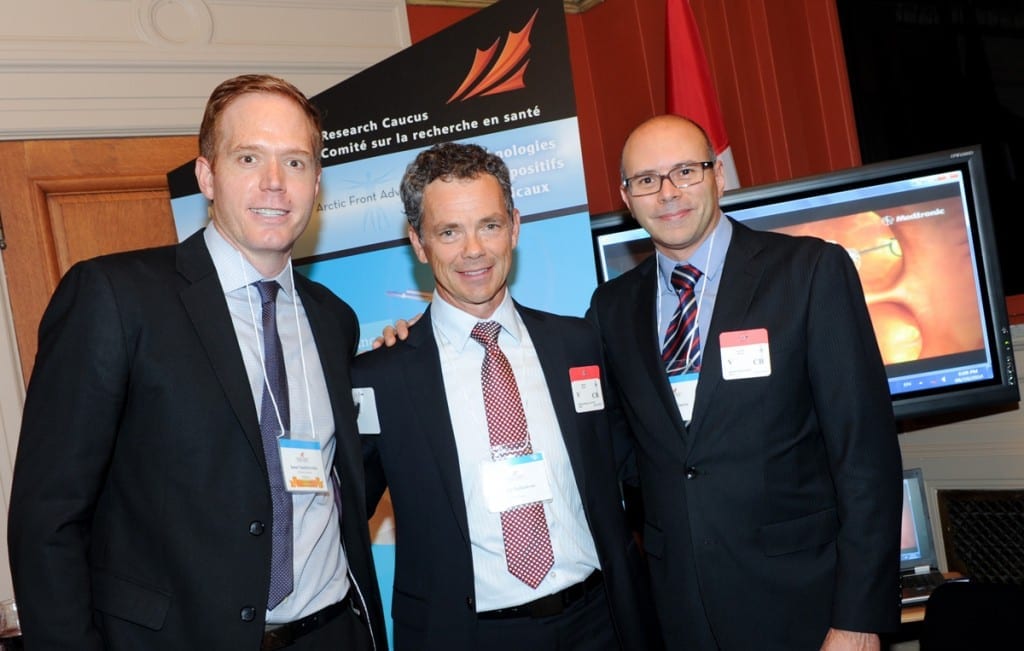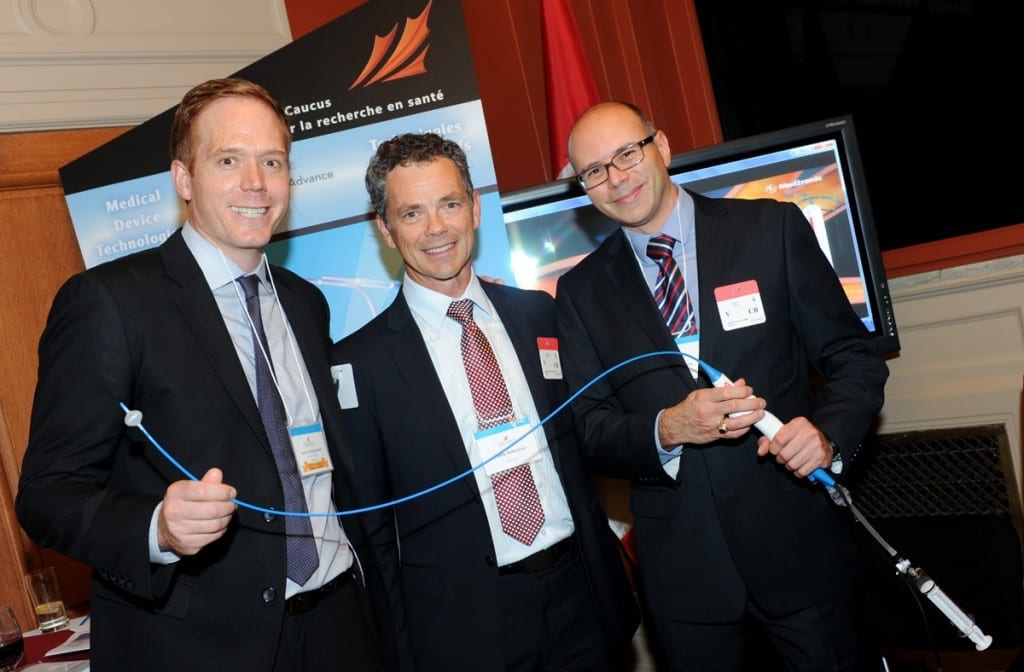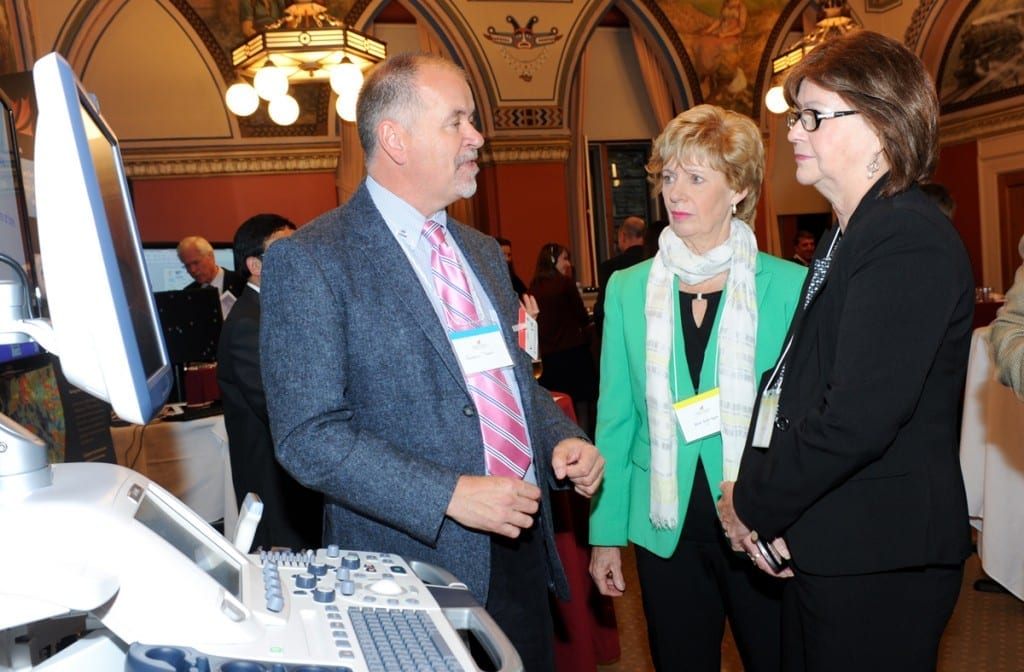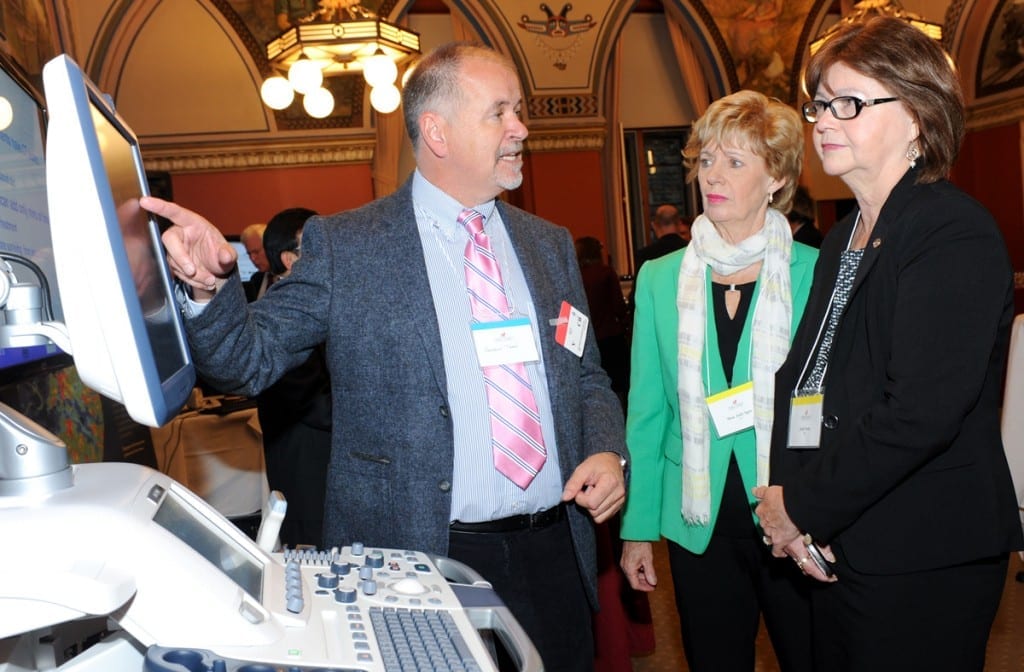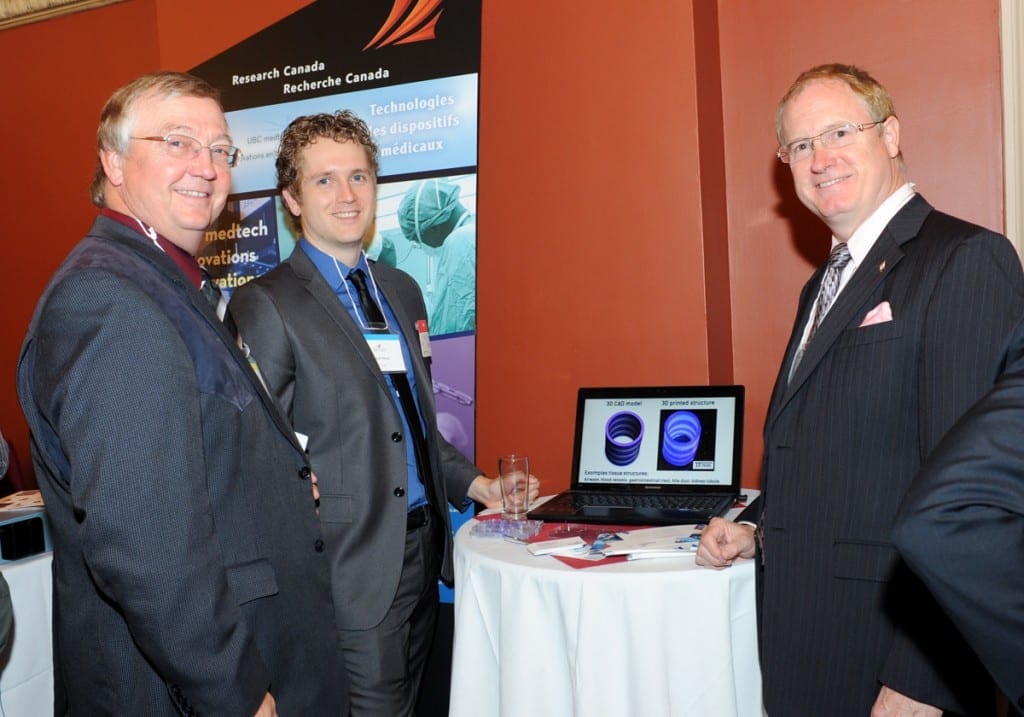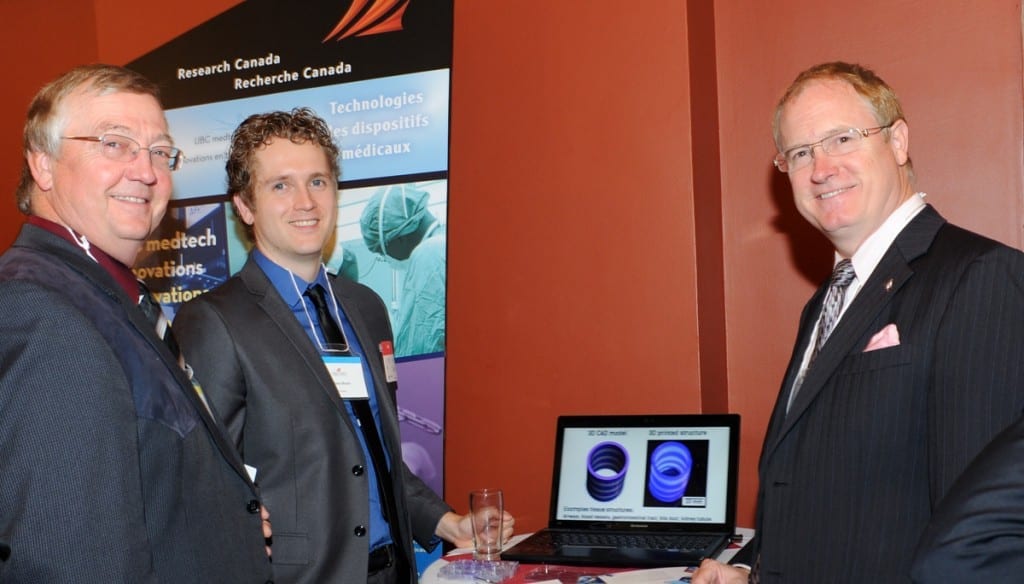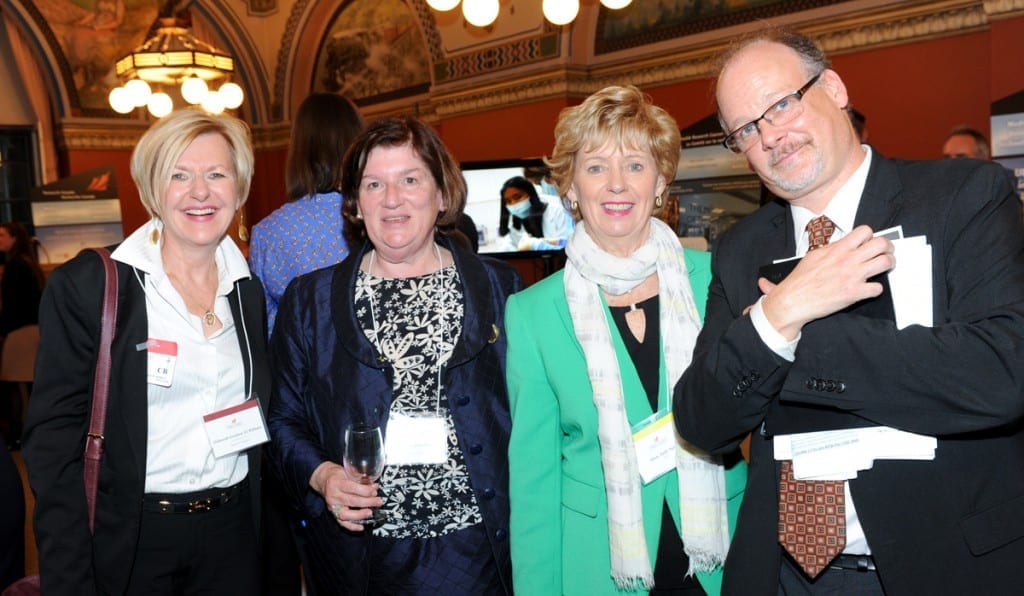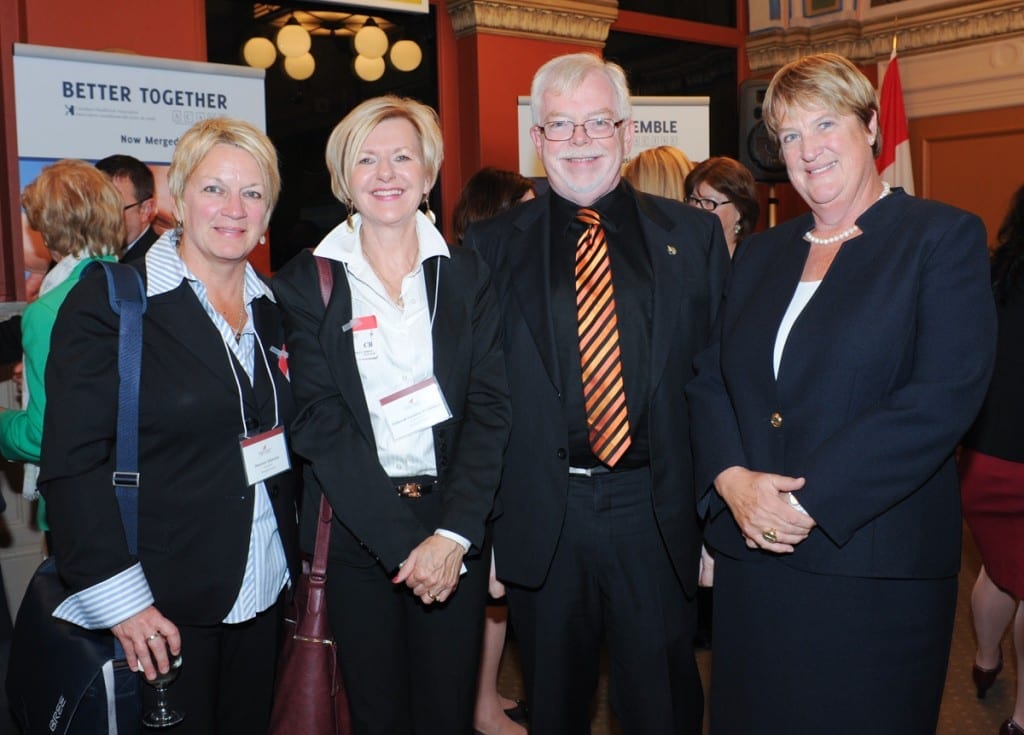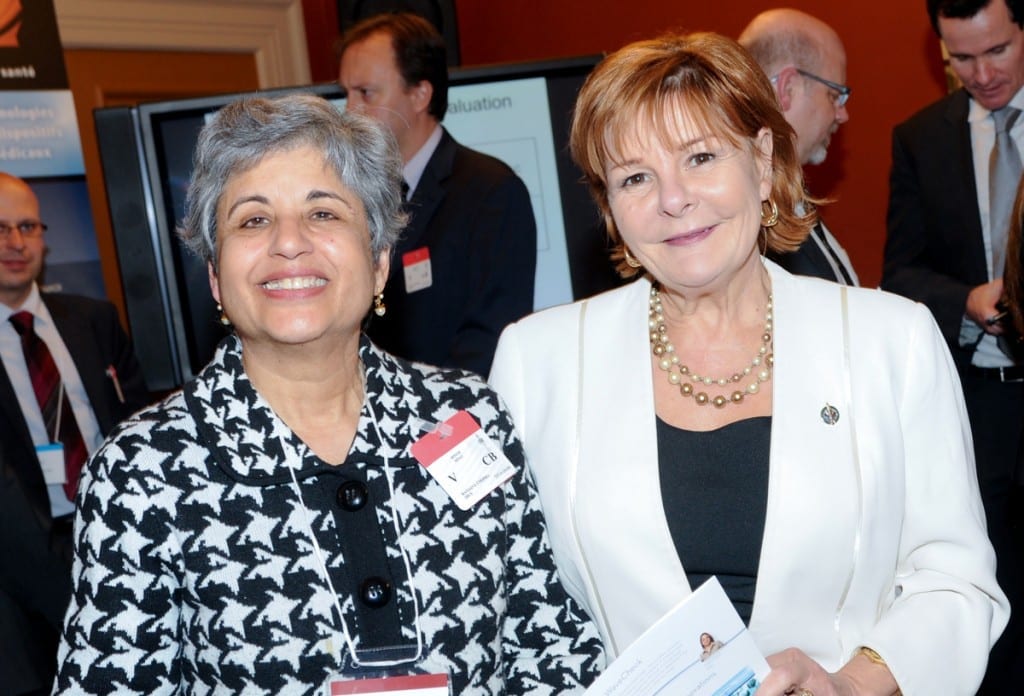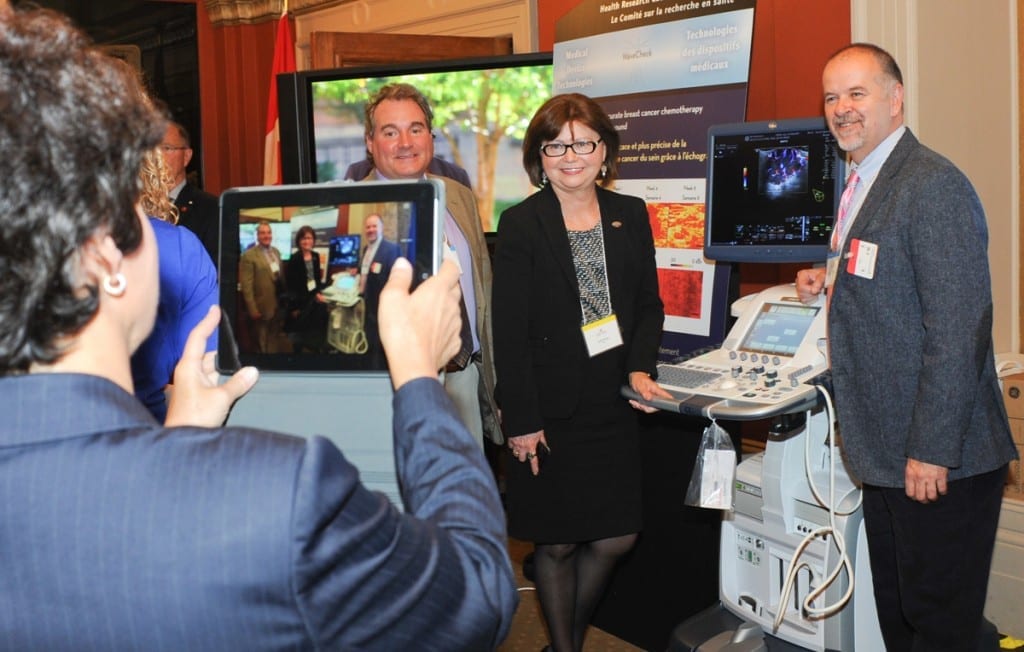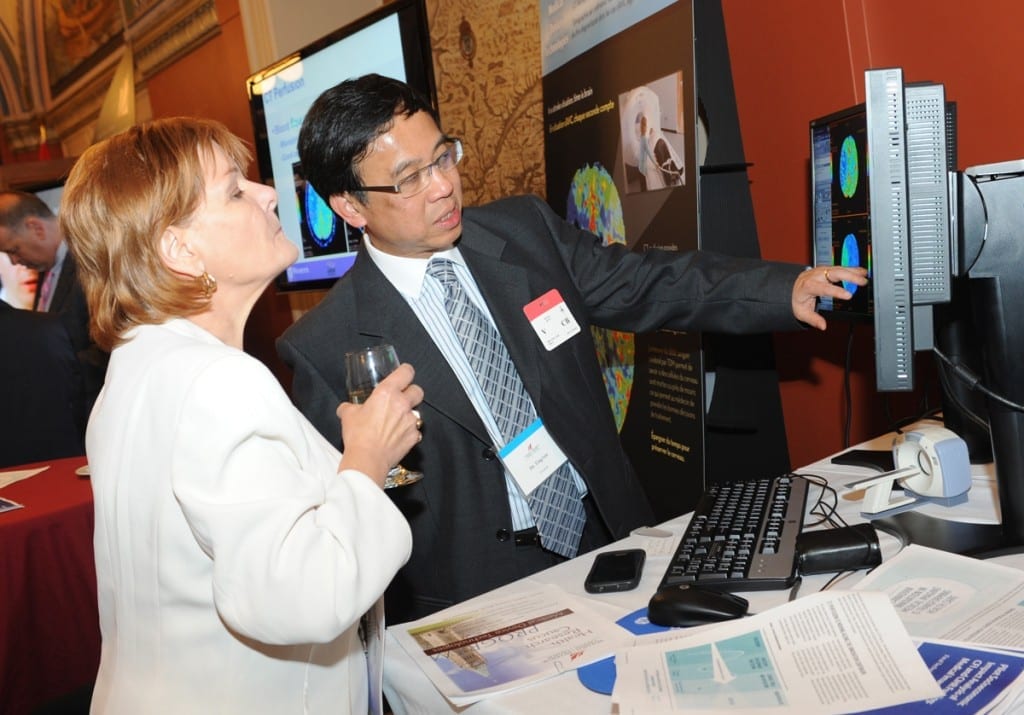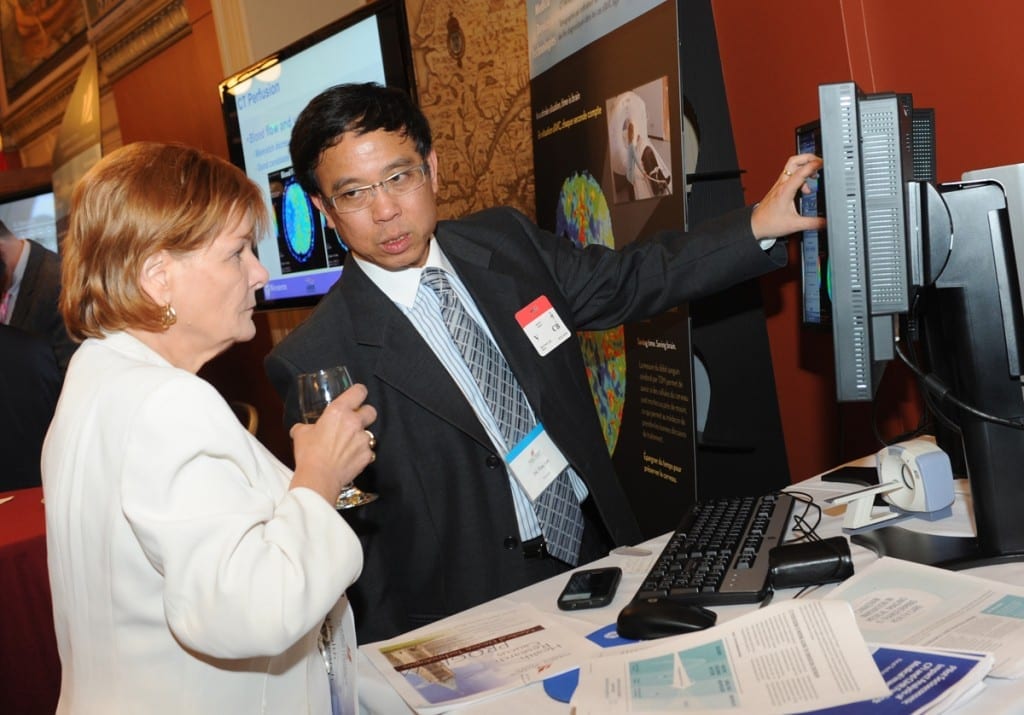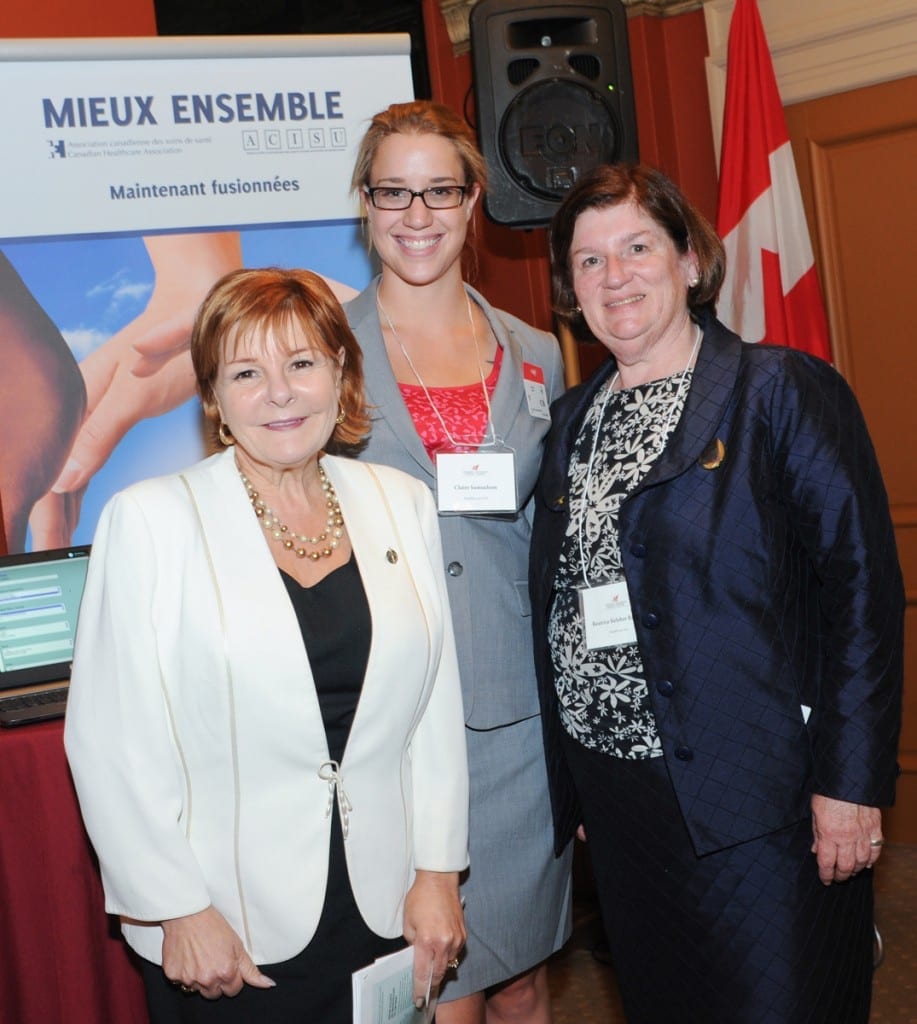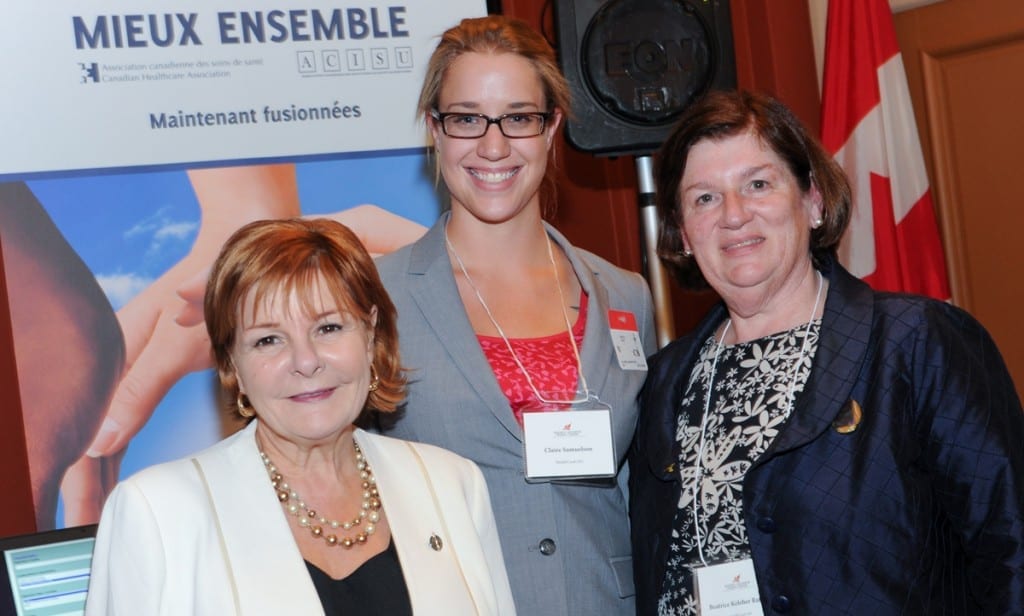HRC Medical Devices
On October 6, 2014 eight ground-breaking medical technologies presented to parliamentarians on Parliament Hill in Ottawa in the next Health Research Caucus Kiosk event.
***
Medical device technologies, which range from simple thermometers to sophisticated diagnostic imaging equipment, represent one of the world’s fastest growing economic sectors. With over 1.5 million devices already on the market, and 3,000 new ones entering it every year, it’s closing in on annual revenues of $1 trillion.
Healthcare cannot be delivered without medical devices. With aging populations and emerging economies, the demand for innovative medical devices is going to increase.
The Health Research Caucus, chaired by Senator K. Ogilvie and with Vice-Chairs, Ms. Carol Hughes (NDP) and Ms. Kirsty Duncan (Lib), hosted a Medical Device Technologies event on October 6th, 2014 on Parliament Hill.
Members of Parliament, Senators, and invited guests met with researchers and companies that have forged innovative partnerships, which are reinventing health care, saving lives and building a prosperous health innovation industry in Canada.
Featured Technologies
(Click on the technology titles to see each event poster)
1. Ward of the 21st Century
The W21C is an innovative initiative based at the University of Calgary that serves as a research and beta test-site for prototypical hospital design, novel approaches to health care delivery, human factors research, and innovative medical technologies.
2. Arctic Front Advance
Arctic Front Advance is the world’s first cryo balloon indicated in the treatment of Paroxysmal Atrial Fibrillation (PAF), Arctic Front Advance provides an efficient anatomical approach to Pulmonary Vein Isolation.
3. Engage Biomechanics
Engage Biomechanics is developing a wireless sensor platform for pressure ulcer care tracking. A nurse knows when to turn a bed-ridden patient with this platform, which brings sensor networks and the power of the cloud to medical data. It provides wireless medical data, anytime, anywhere.
4. CT Perfusion for Diagnosis in Acute Stroke
CT perfusion for diagnosis in acute stroke: an example of Canada’s leadership in medical imaging research. The ultimate beneficiaries are stroke victims whose doctors are better equipped with this technology to diagnose their condition rapidly and recommend appropriate treatment.
5. Techna Institute
Techna is a new institute at the University Health Network (UHN), in collaboration with the University of Toronto, devoted to the advancement of health technologies. Their mission is to shorten the time interval from technology discovery and development to application of such technologies for the benefit of patients and the health care system, and to facilitate the convergence of basic investigation, technology development and translational research.
6. Ultrasound Monitoring of Breast Cancer Chemotherapy (WaveCheck)
New Ultrasound technology – fast, painless, accurate: Herceptin therapy is very expensive. If a woman does not have the receptor for the drug, it will not be effective. This new Ultrasound tool can determine if the therapy is working or not within two weeks.
7. UBC Medtech Innovations
UBC is building a culture of moving medtech innovations into practice: The Sterilizable Drillcover lets surgeons in developing countries use regular hardware store drills instead of expensive and unavailable surgical drills (Engineers in Scrubs); The SmartDrill gives trauma surgeons x-ray vision without x-rays when they’re fixing broken bones (Traumis Surgical Systems); Aspect Biosystems’ 3D bioprinting platform will provide human tissues on demand, reducing the need for animals in drug discovery and ultimately addressing the shortage of donor organs (Aspect Biosystems).
8. ShoeBOX Audiometry
The audiometer has been reinvented for current practice – merging mobile device technology and traditional audiometry functions to meet modern hearing testing needs. The iPad based Shoebox audiometry solution allows doctors and clinicians to perform critically needed testing anywhere, with the same tone thresholds obtained by traditional audiometry systems.
